Rowan University President Ali A. Houshmand joined both N.J. state and transportation leaders on Tuesday, March 4 in Camden to advocate for the Glassboro-Camden Line (GCL). The 18-mile light rail seeks to link 11 South Jersey towns to provide students, researchers and commuters with easy public transit access to Camden, Philadelphia and beyond.
The proposed $1.6 to $1.8 billion dollar project has been in development for two decades now and would utilize existing Conrail tracks that connect the key South Jersey communities with major transit networks. This includes Port Authority Transition Corporation (PATCO), Southeastern Pennsylvania Transportation Authority (SEPTA), and NJ Transit Corporation. Designed to serve an estimated 16,000 daily riders by 2040, the rail line aims to ease congestion on major highways such as Routes 42, 295, and 55 while bolstering economic growth.
The GCL is currently estimated to be up and running by 2028, which can change depending on the amount of time it takes to complete construction.
John E. Wallace, the mayor of Glassboro who’s lived in the town for the past 25 years, wholeheartedly believes in the importance of the GCL.
“The rail we believe is necessary for the borough. I say it’s a no-brainer, we got a university here, we have parking issues, we have traffic issues, if nothing else, a rail will mitigate some of the traffic and mitigate some of the parking problems. Is it gonna be the ultimate solution? No…It opens up the borough and the university, and enables more people to be able to get to the borough to attend school or to patron any of our businesses. It also enables the residents that are in Glassboro that literally have spent decades in this borough, and have travelled beyond Pitman, which is the next town over,” said Wallace.
With the GCL still in its preliminary engineering design phase, news about the project’s progression has been somewhat slow. As a result, many Rowan students remain uninformed about the future rail line despite the impact it could have on Rowan University as a whole.
Jordan Sheppard, a junior RTF major at Rowan, was clueless about the GCL beforehand, but upon learning about the plans for it voiced his support.
“I had no knowledge of this before, but I’m in for those who have to go between the areas and get to school because driving isn’t accessible to those who live a decent chunk away, and if you miss your shuttle you’ll be waiting a while to get the next,” Sheppard said.
Stephanie Panikowski, a senior psychology major at Rowan, was in the same boat.
“I haven’t heard anything about it at all. It sounds like a good idea, especially because not everyone has access to a car, so other forms of public transportation are great. I’m not quite sure of any downsides, though, besides how long it’ll take to be fully operational and how it might affect the areas they have to build in,” Panikowski said.
On the other hand, there are some Rowan students who are actually keeping track of the GCL’s timeline. For example, Emily Schmidt, a senior history major at Rowan, has been keeping tabs on the GCL’s progression for as long as she’s been at Rowan.
“I think that this would be a great project to not only connect the two areas, but to facilitate connection between universities such as Rutgers-Camden with Rowan. After all, many of Rowan’s biology students go to Camden for med school. The rail line can continue to grow Rowan’s student community in connection with a greater work force and diverse student population,” said Schmidt.
Jayna Tistan, a 20-year-old environmental studies major at Rowan, has lived in Glassboro her whole life, and has known about the proposal for the GCL since it was first brought to the town.
“I remember when they first proposed the idea a while ago and how I would see the anti-GCL signs all around Glassboro. I wasn’t too sure what it was, so I researched it myself. It seems like this rail line would be a good opportunity for people that need access to public transportation and travel. However, as an environmental major, I also see cons within the environmental aspect. It would create more noise pollution and can cause wildlife habitat distress. It’s really a double-edged sword, and my best advice to anyone about this is to do your own research and vote for this based on what you discover and find,” said Tistan.
For comments/questions about this story DM us on Instagram @thewhitatrowan or email [email protected]




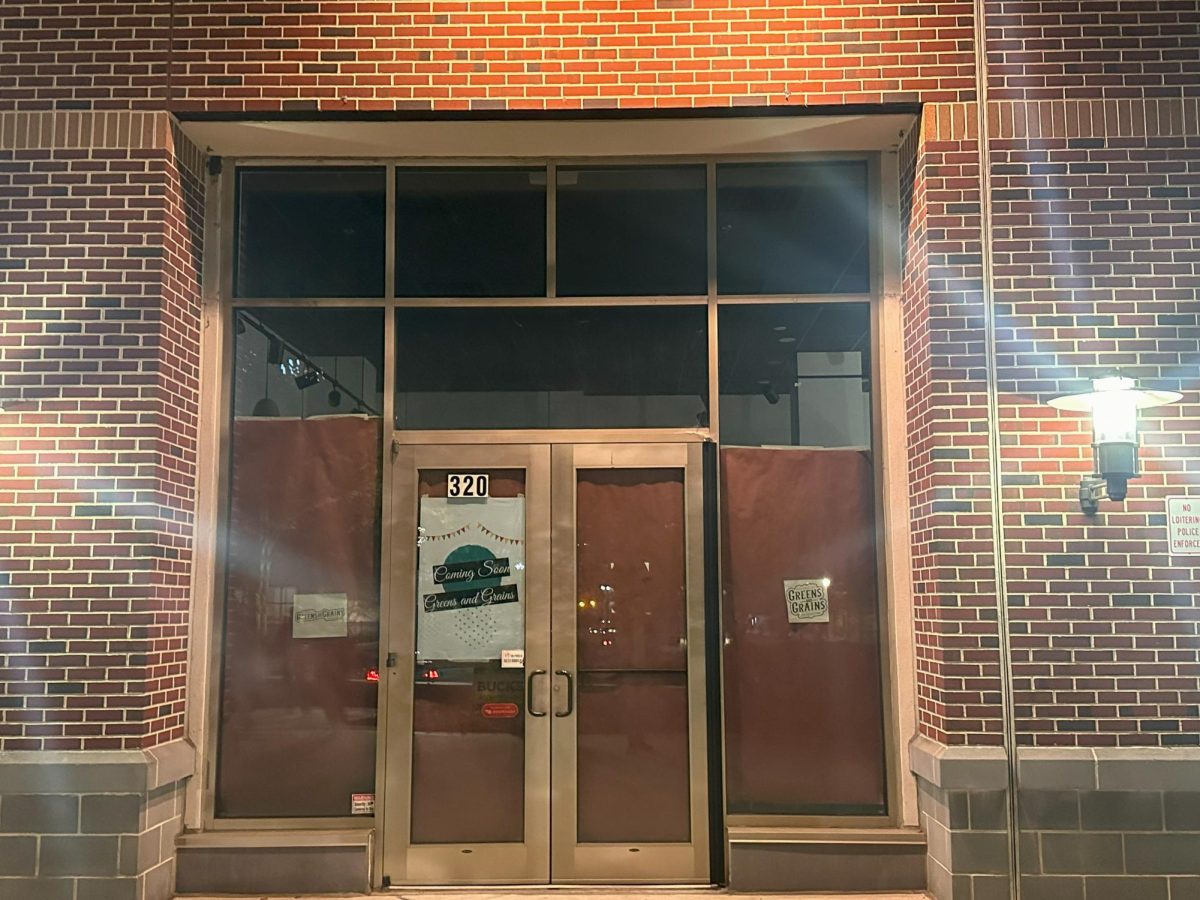

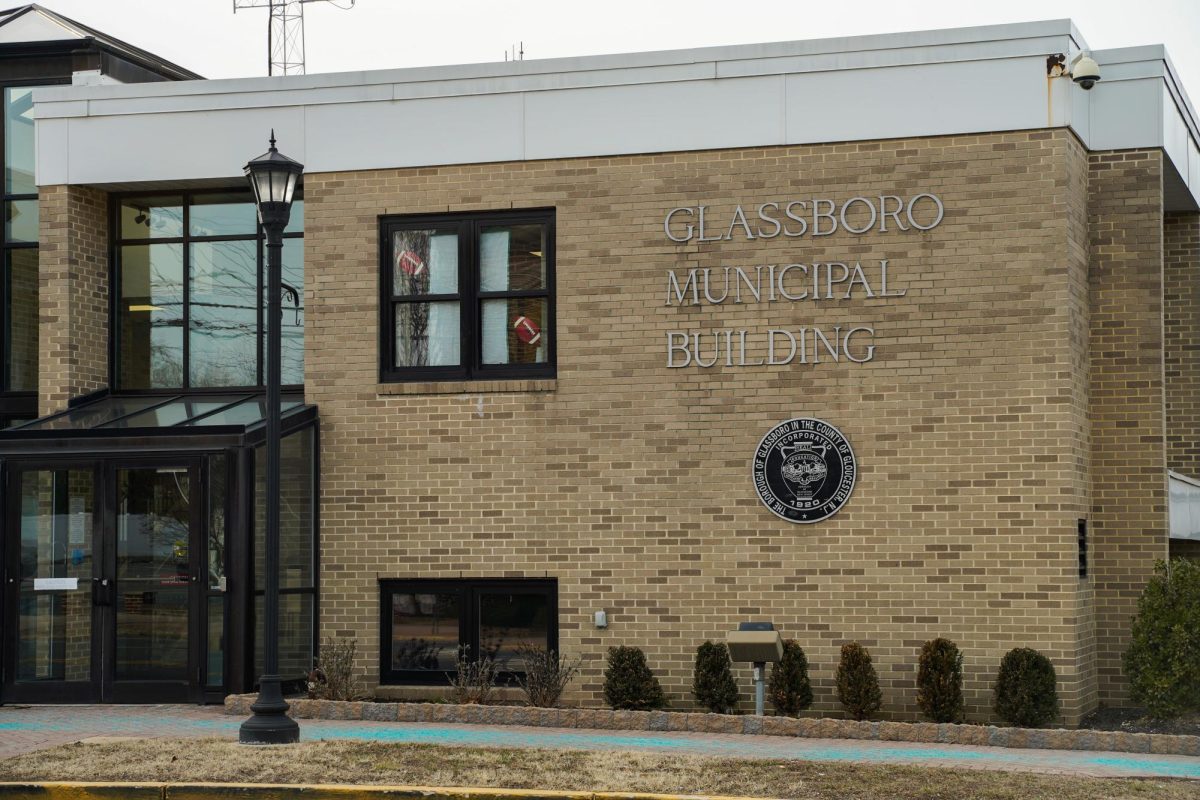
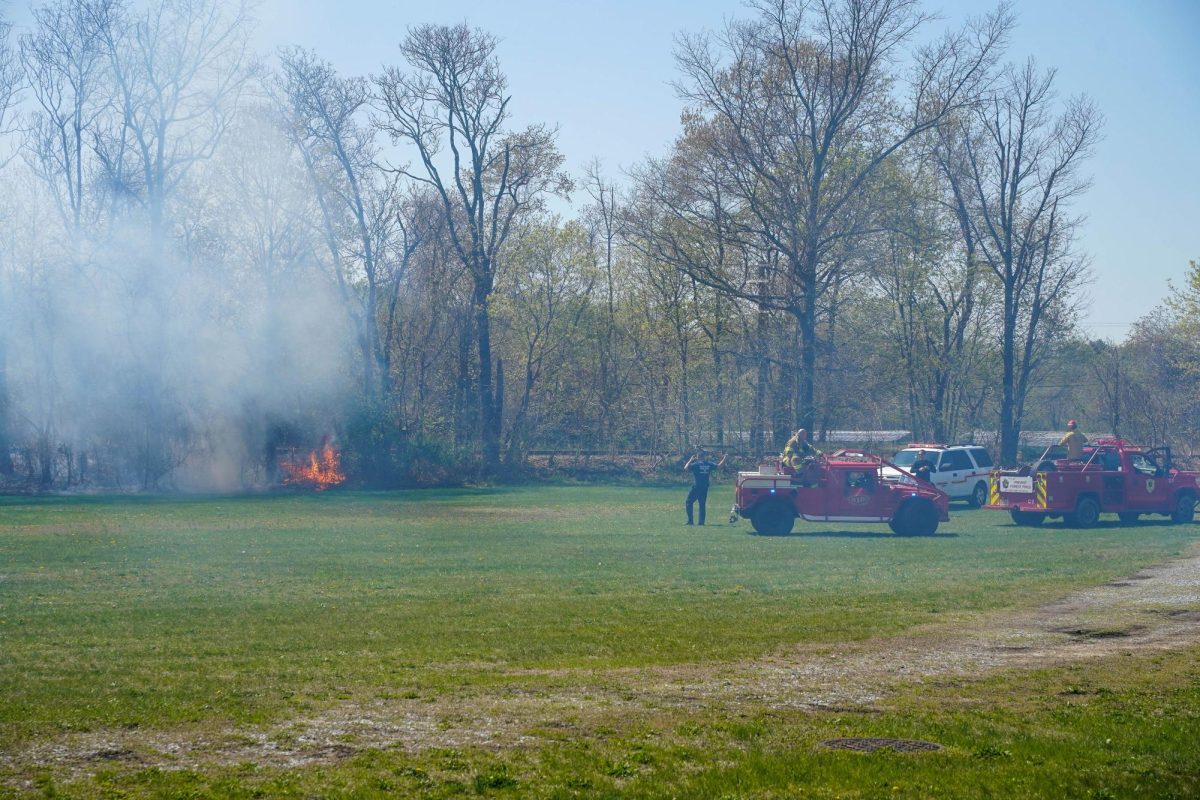


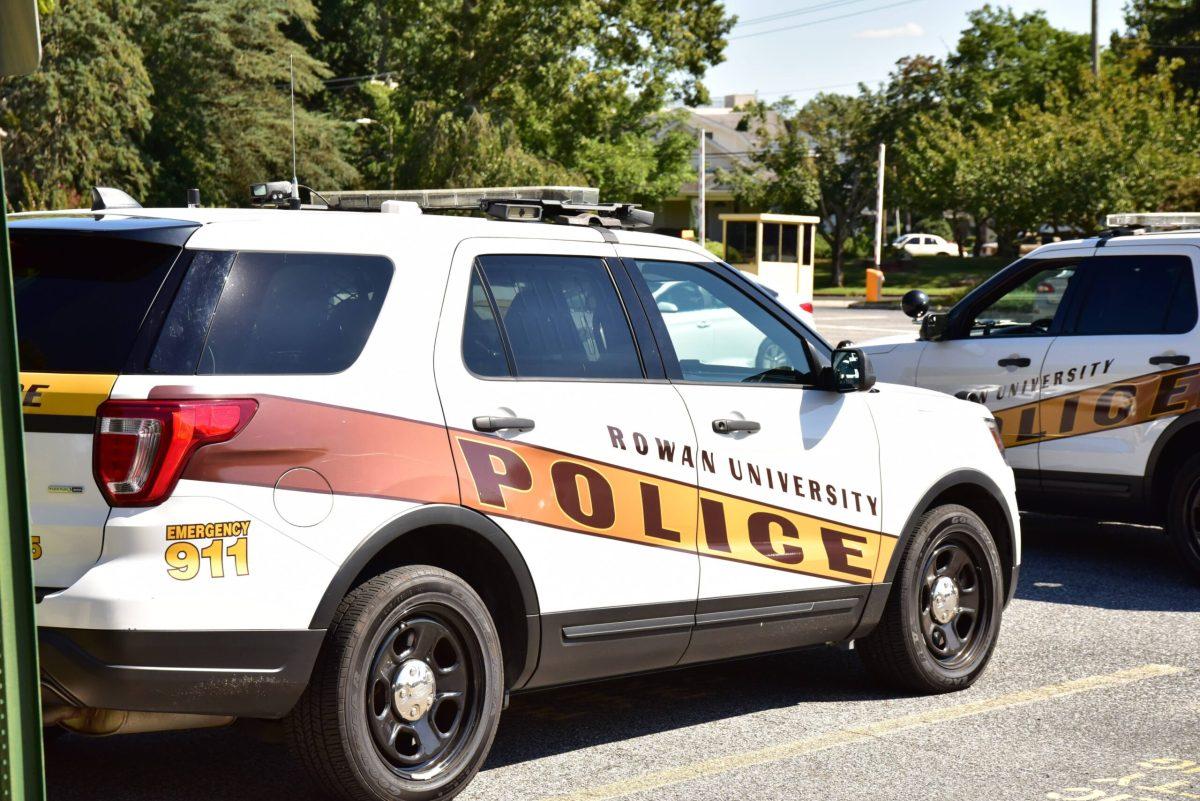

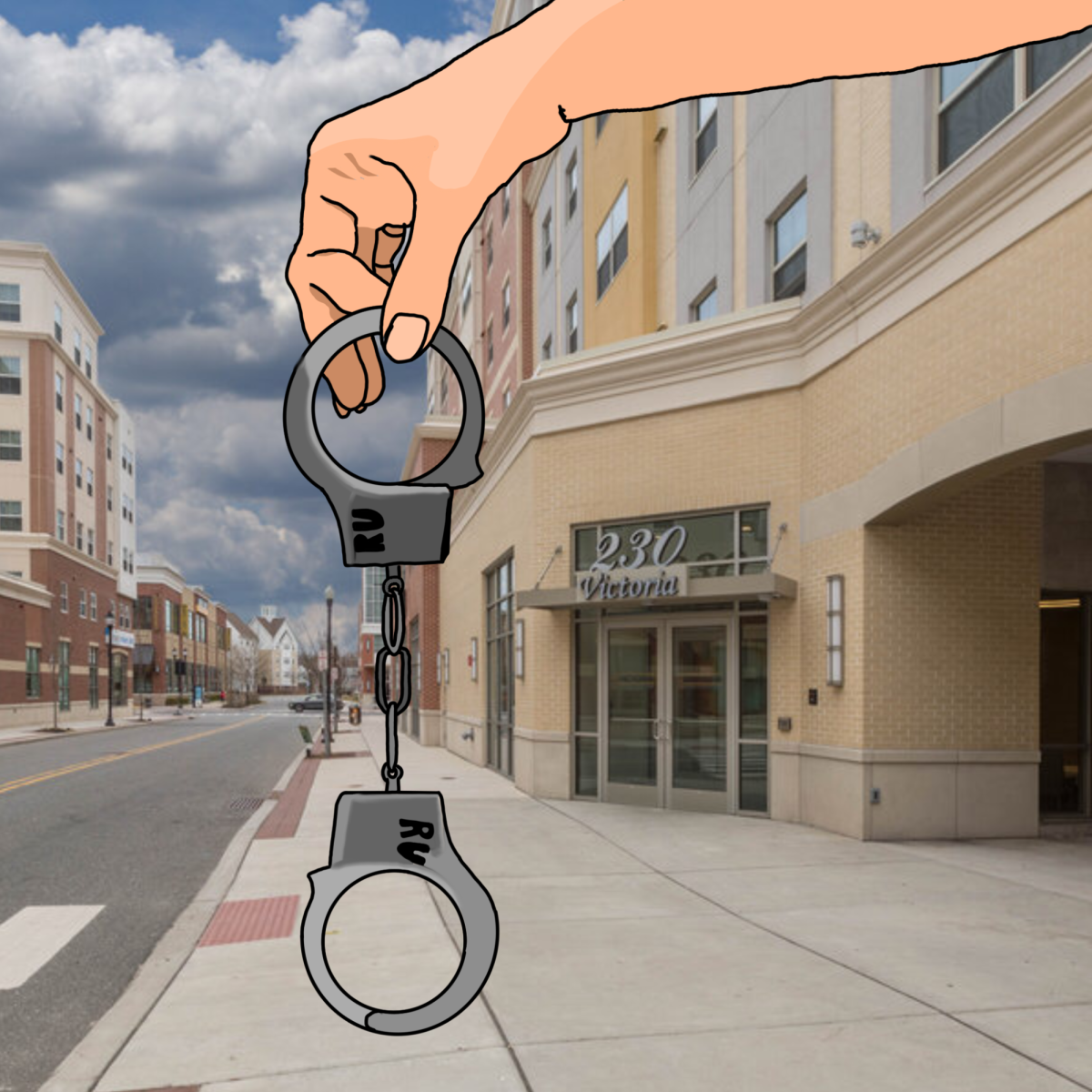


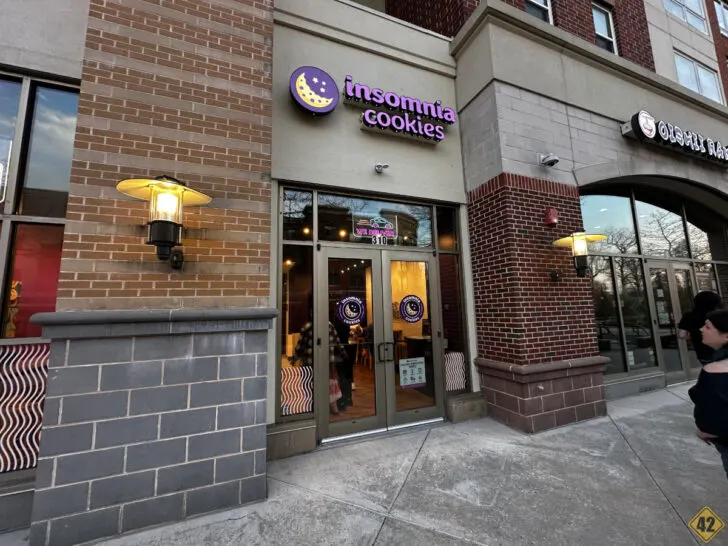
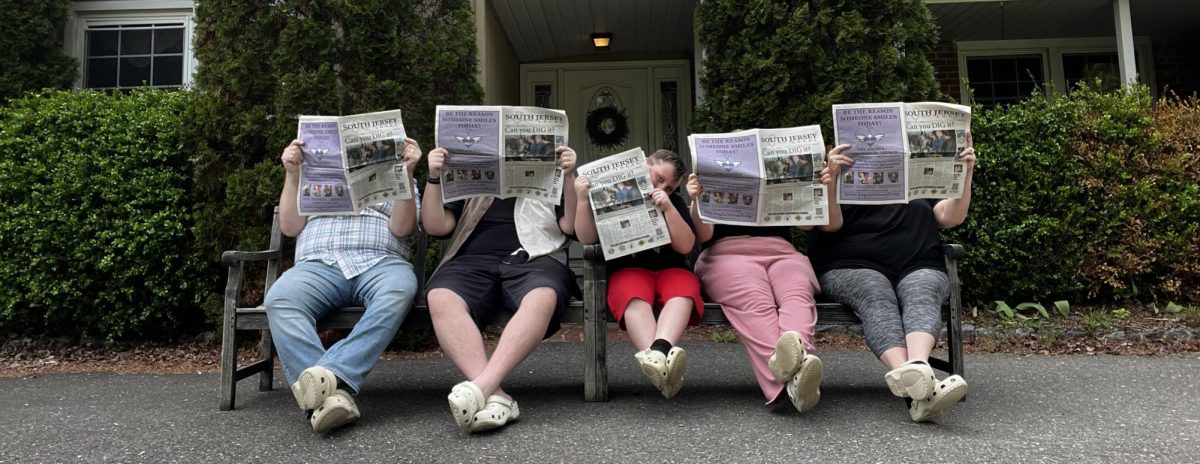
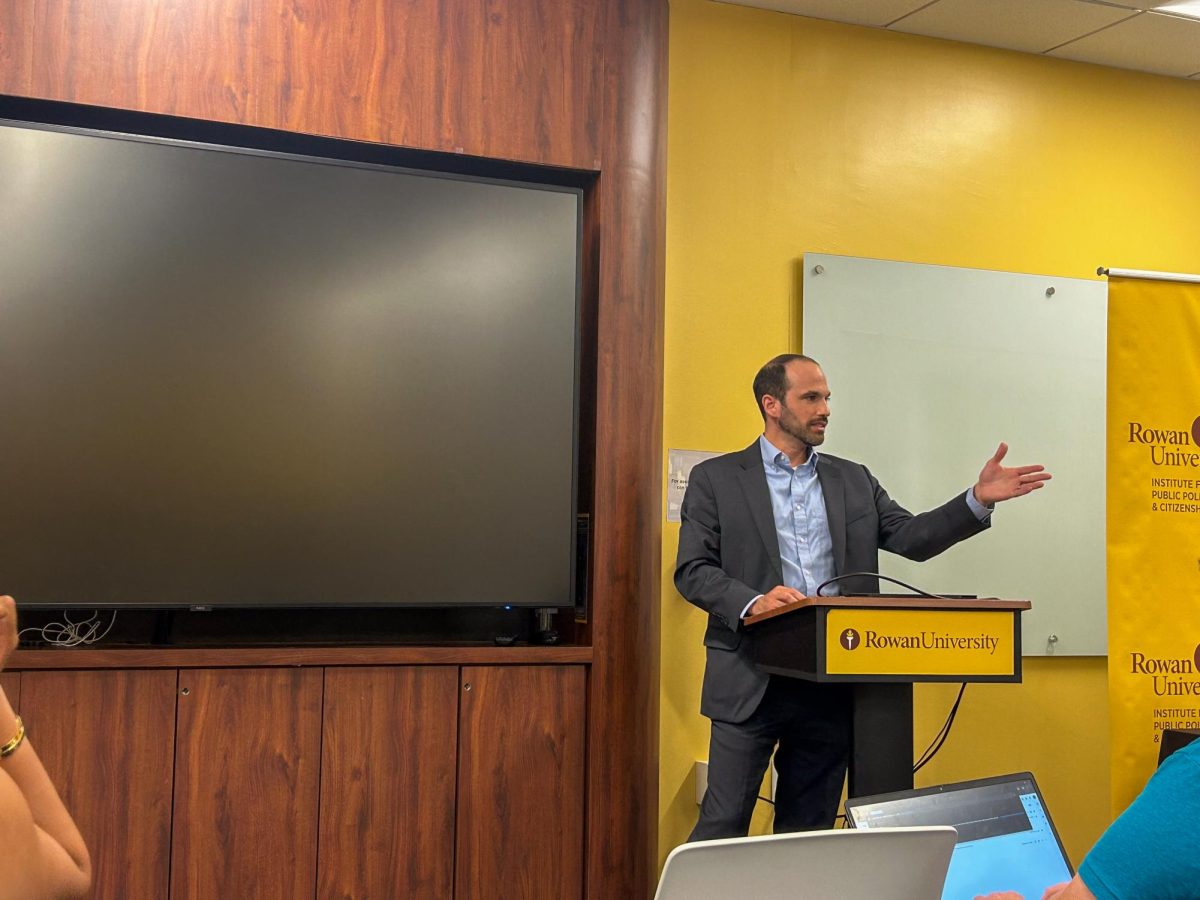


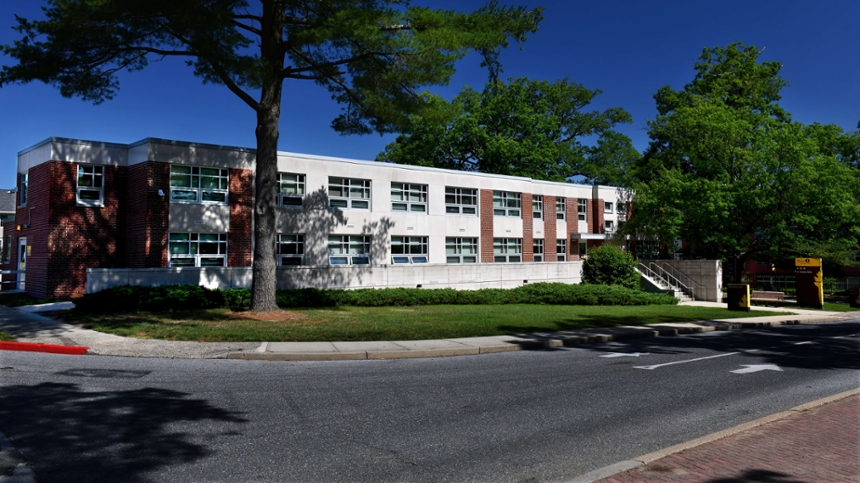














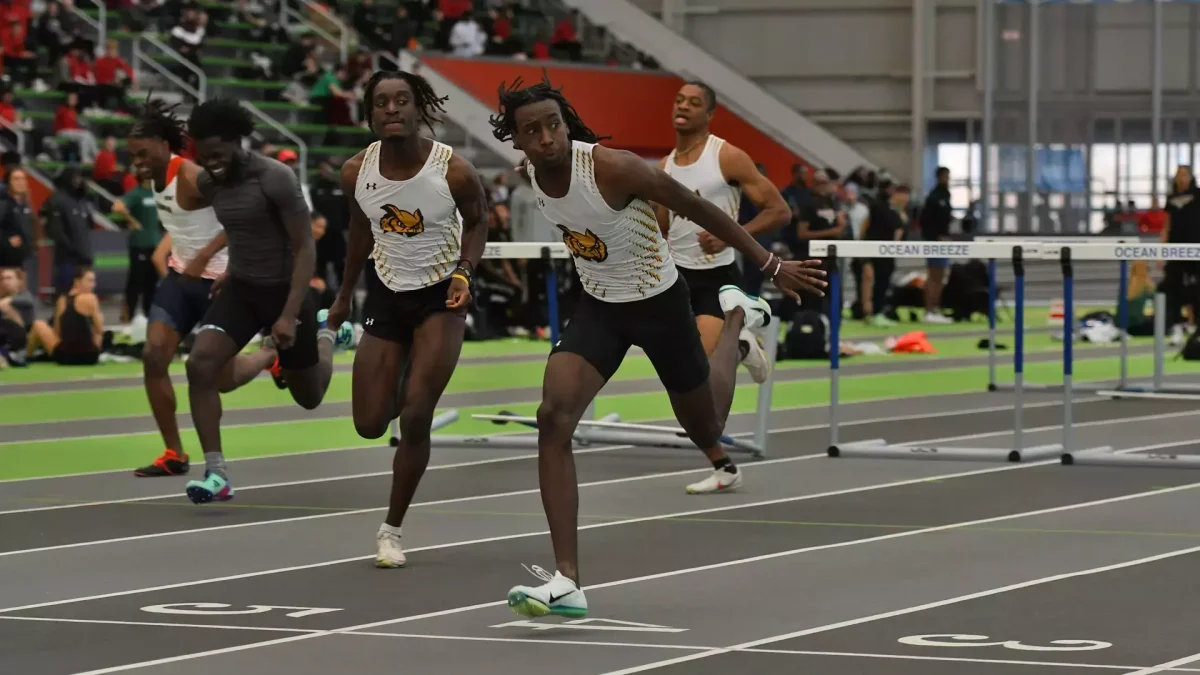




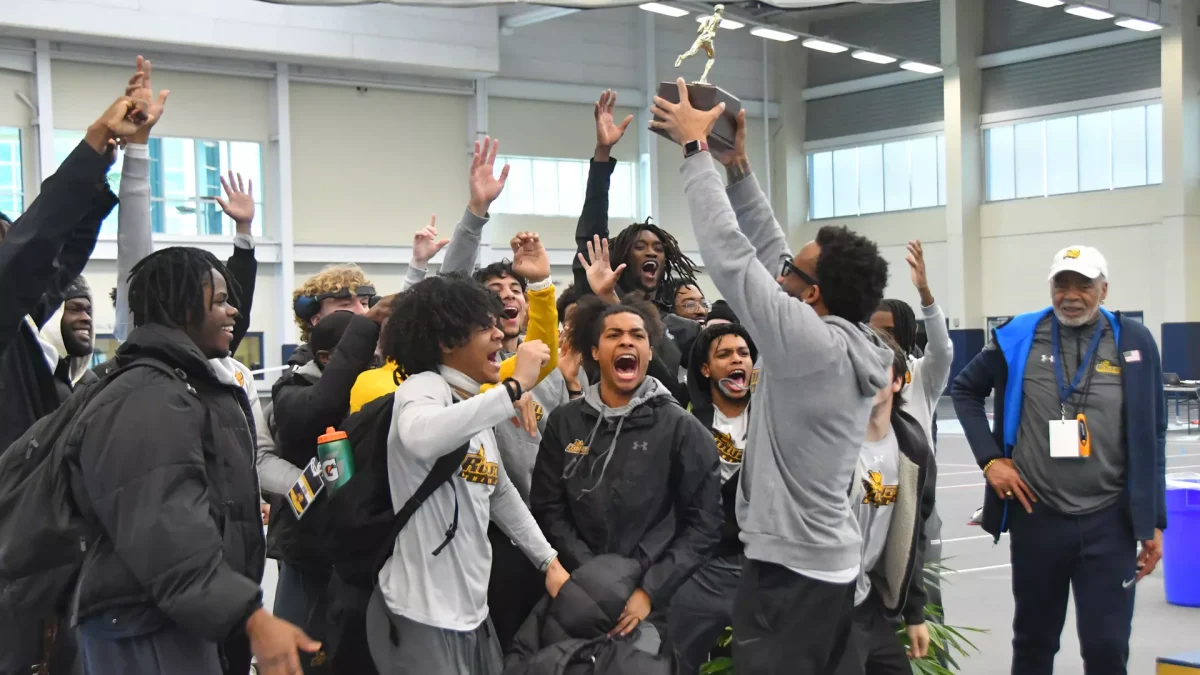

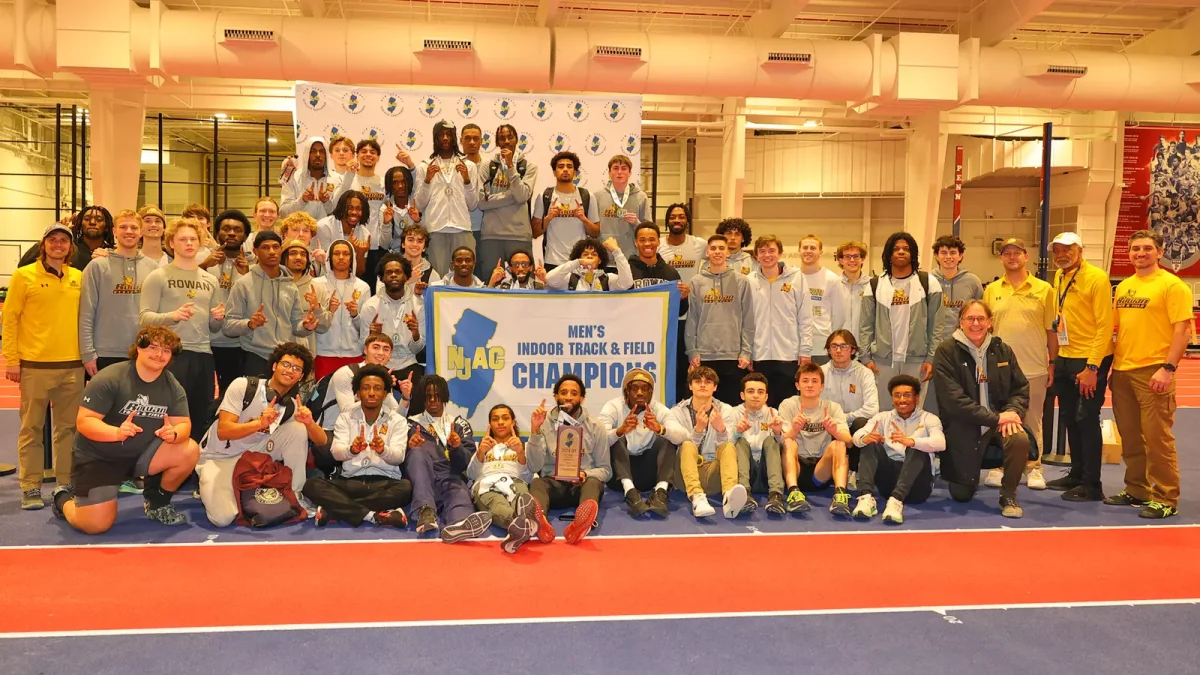










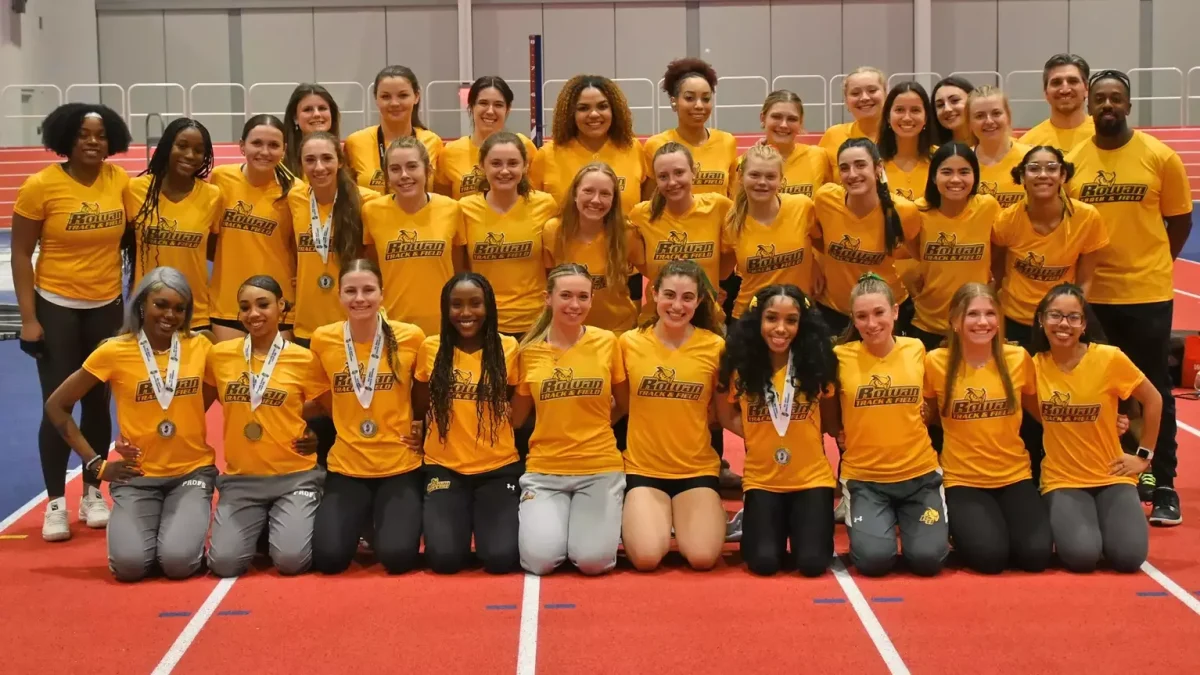



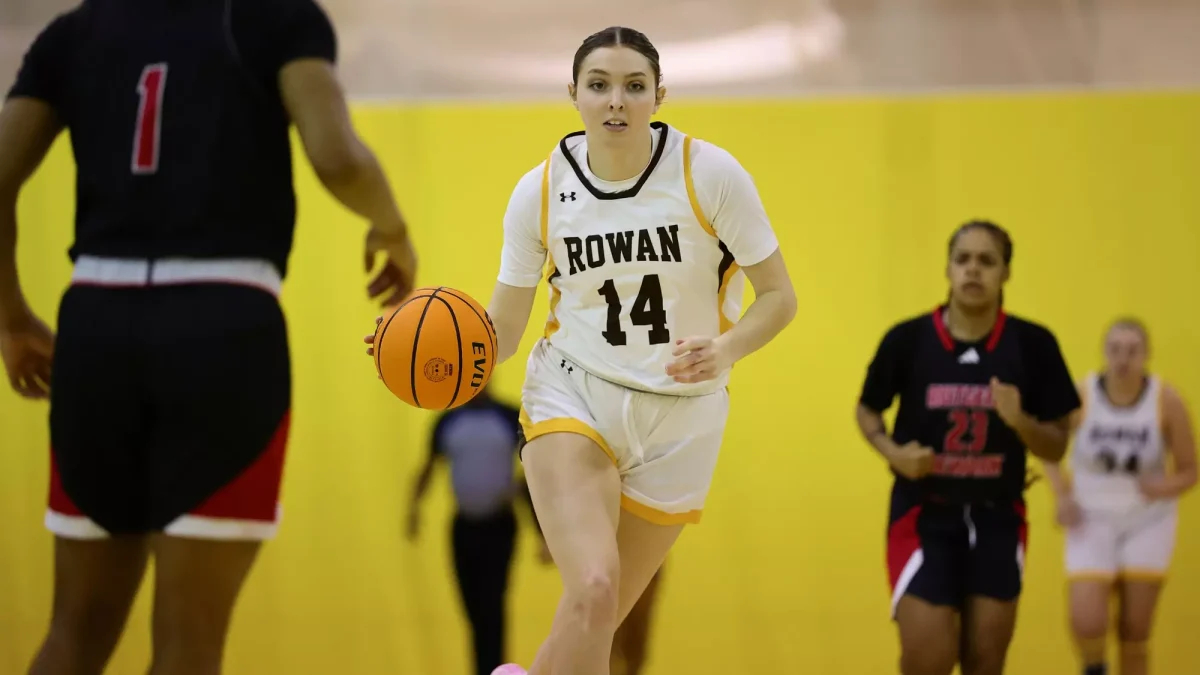
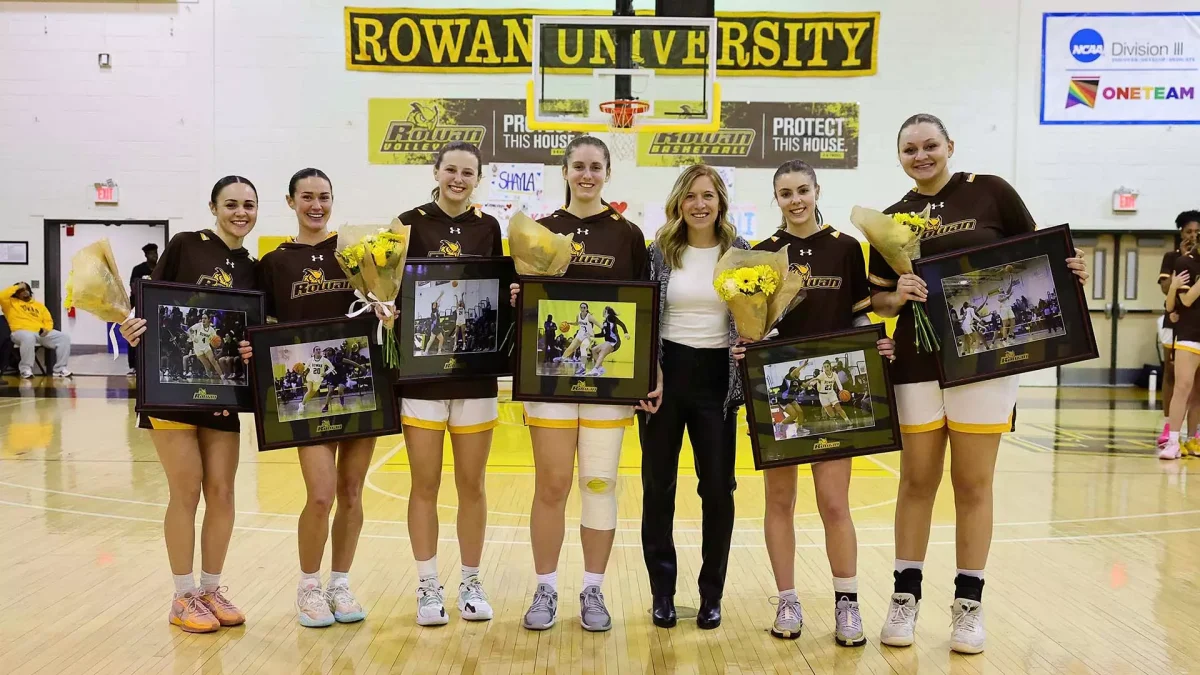
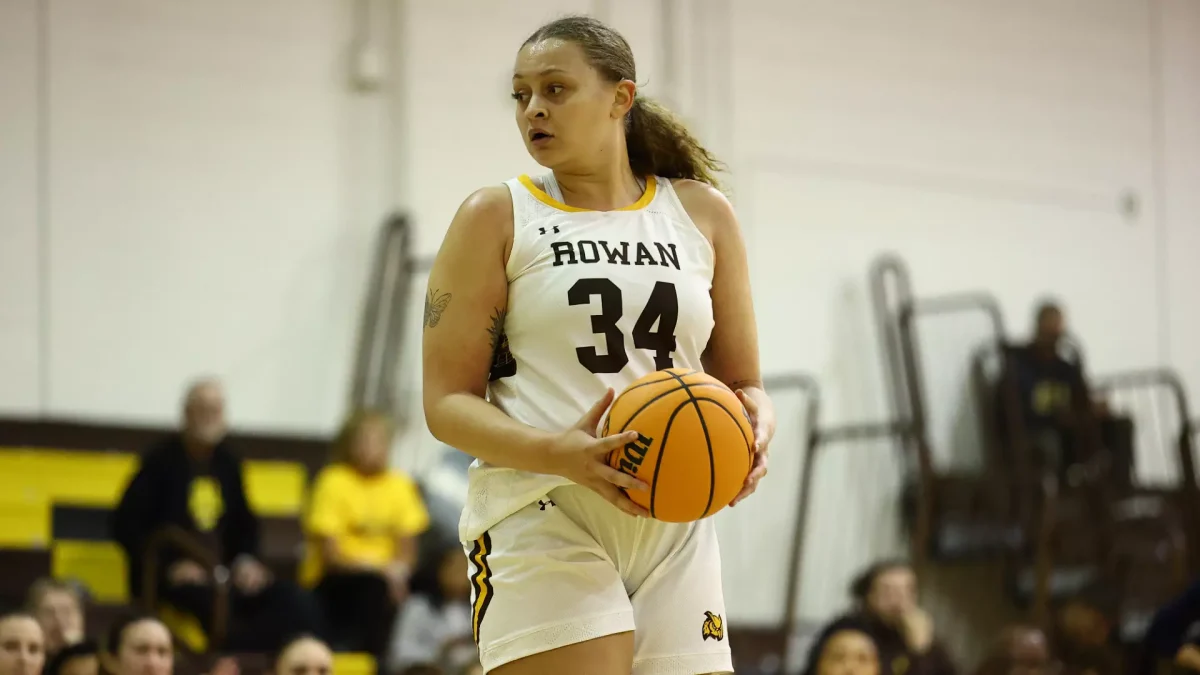

















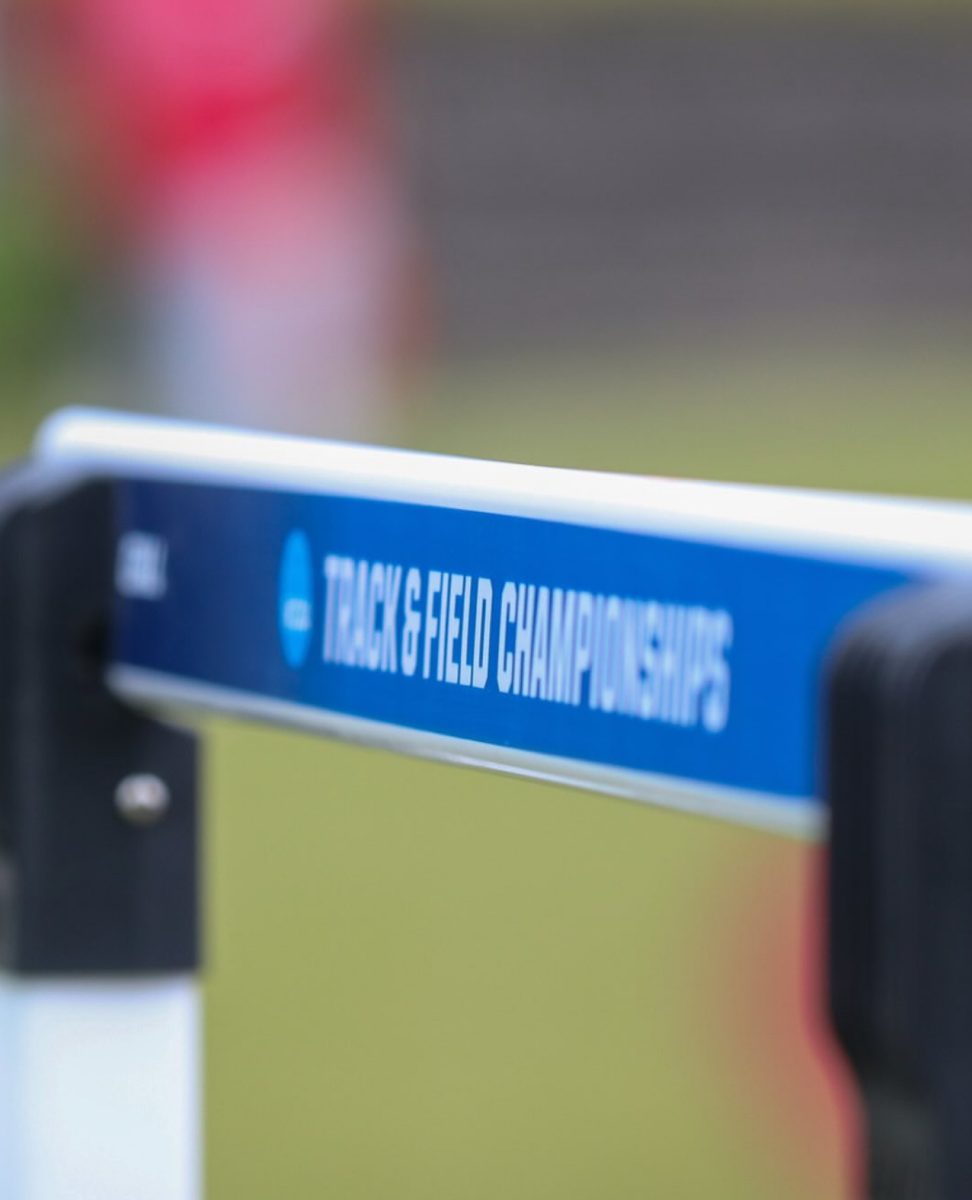
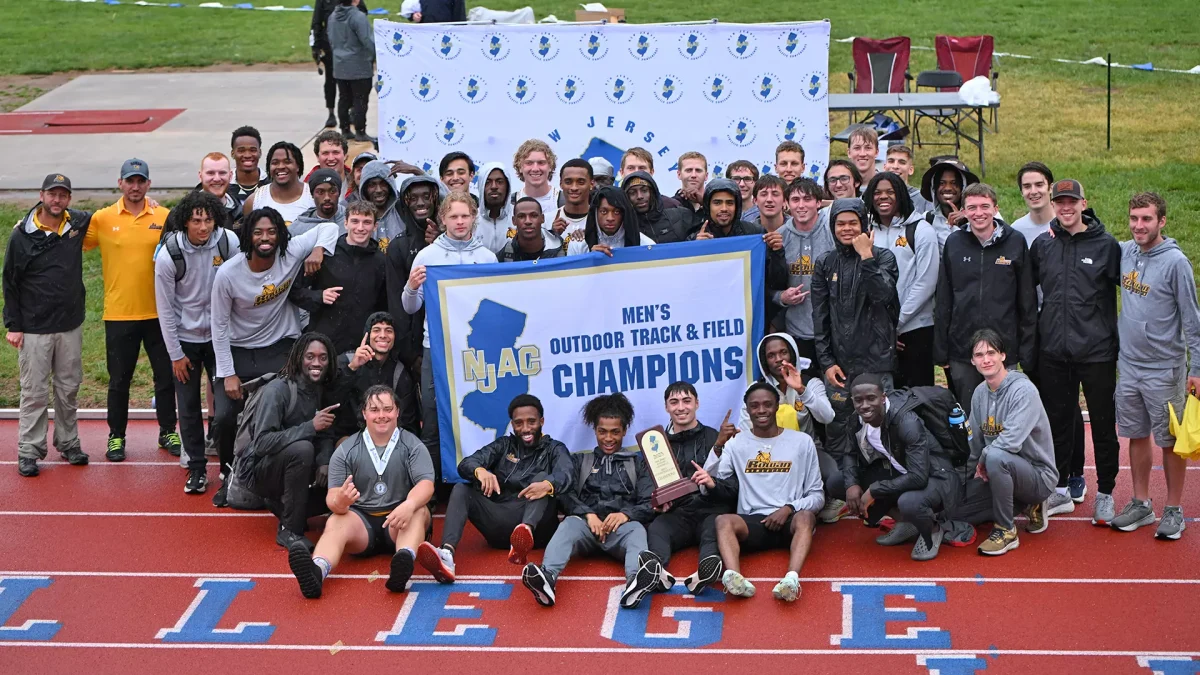
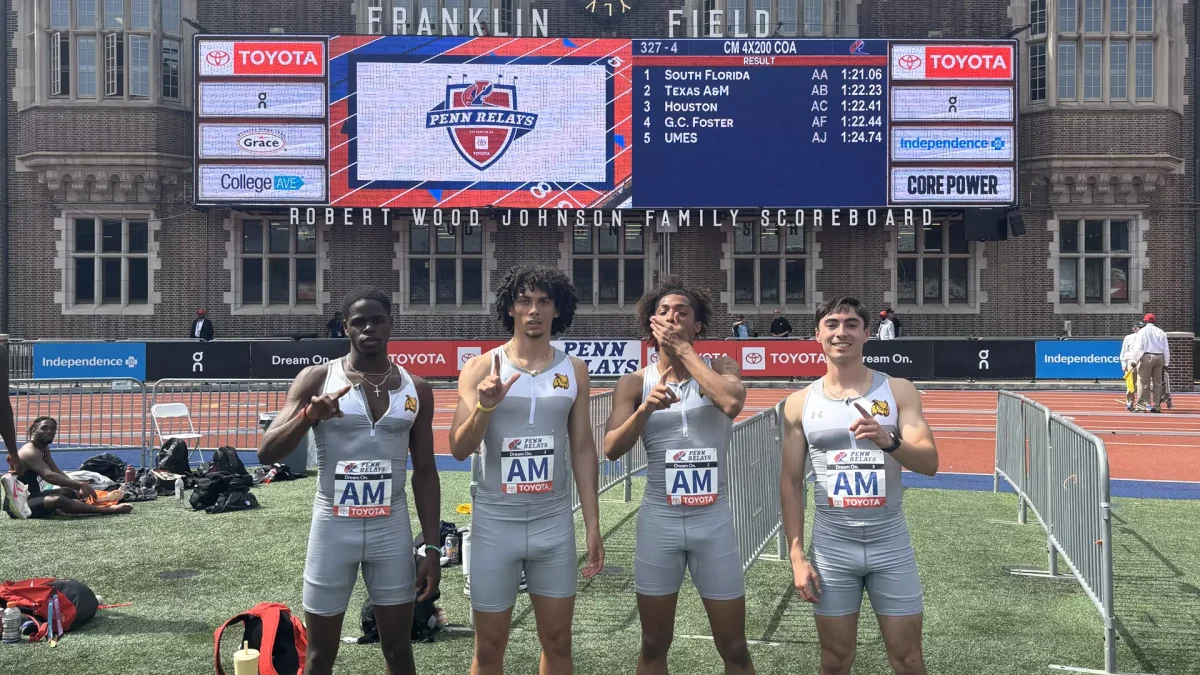


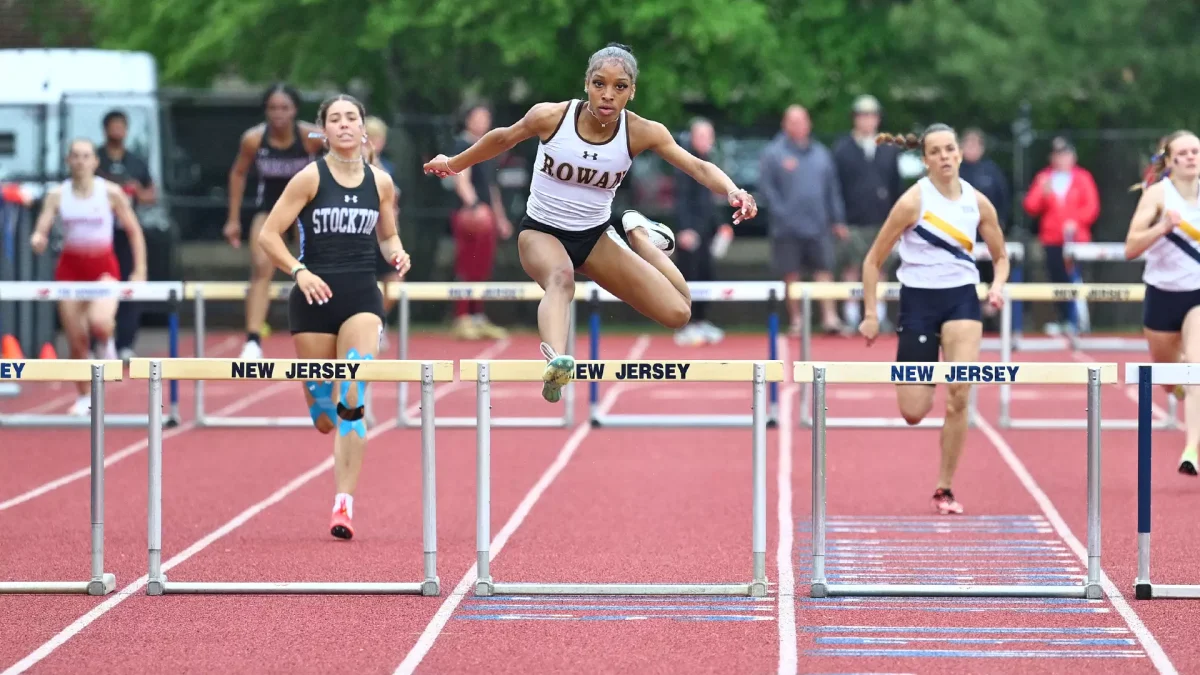









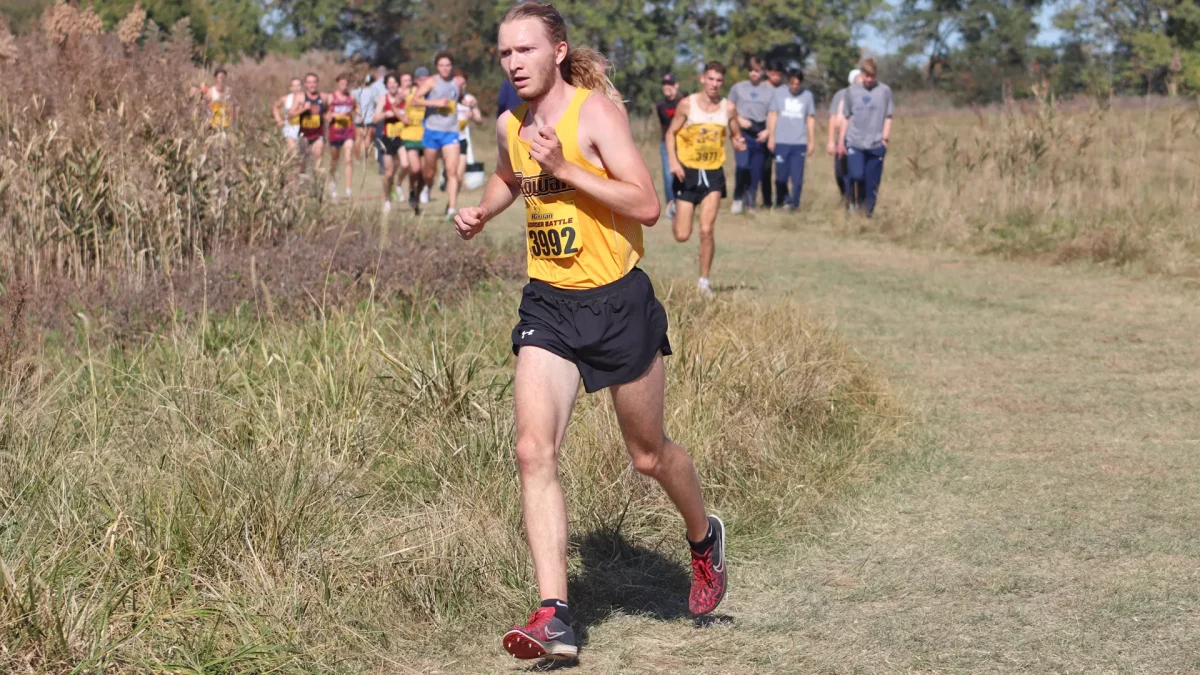
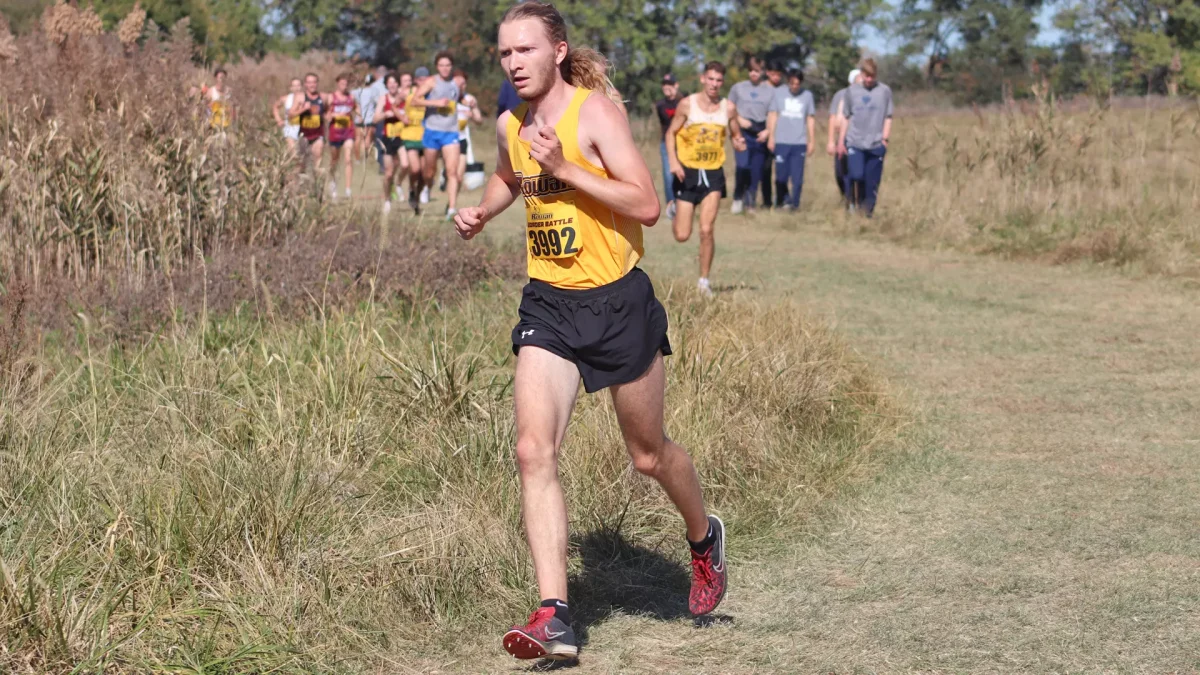
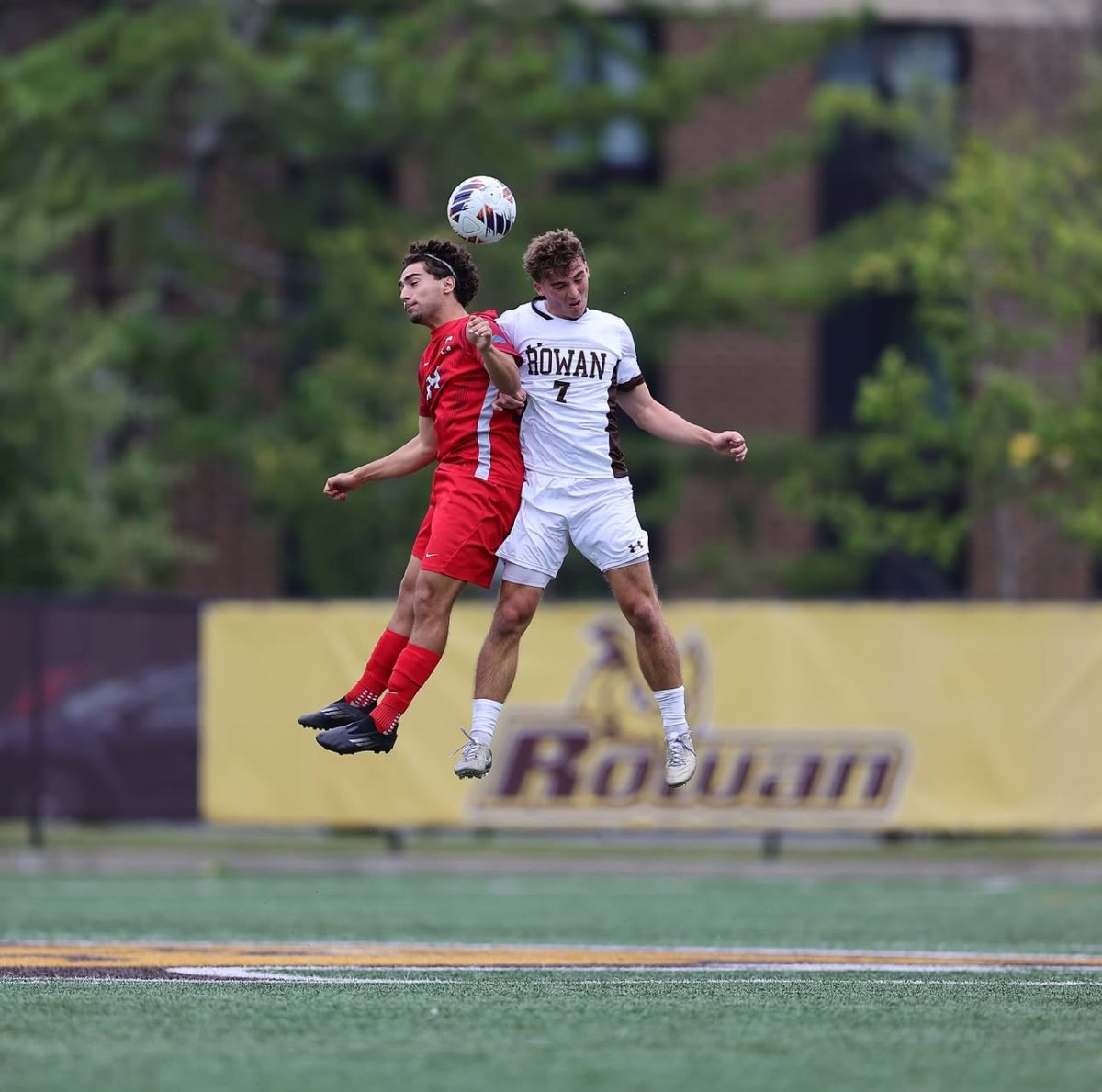


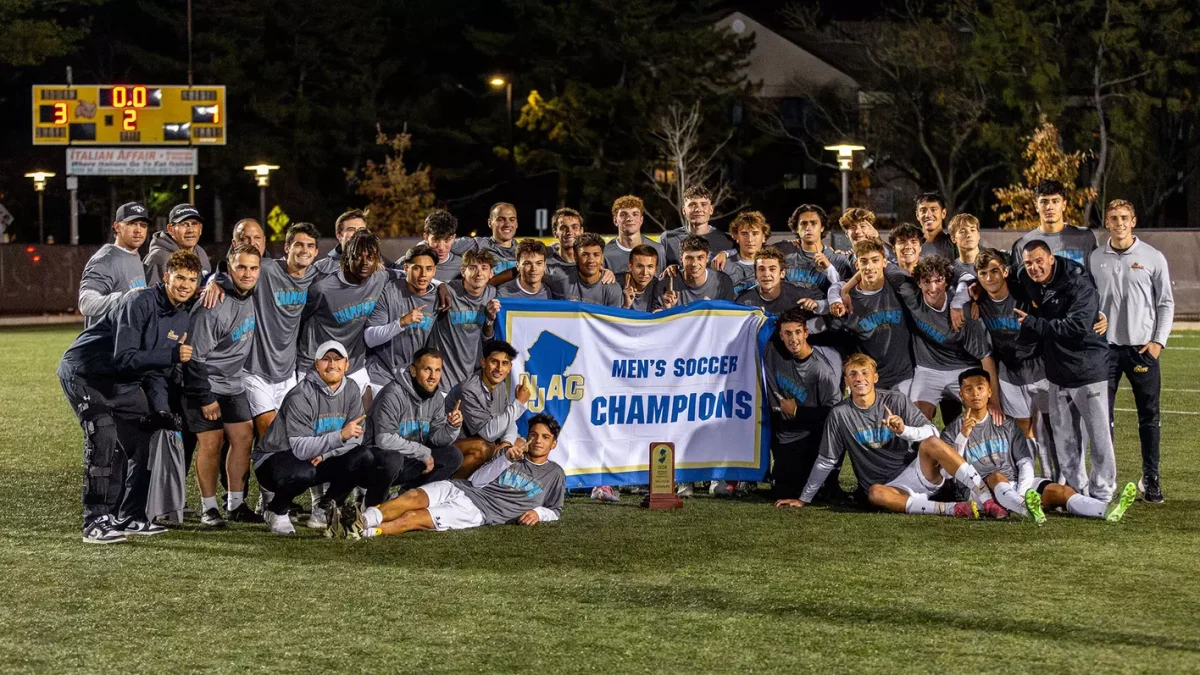



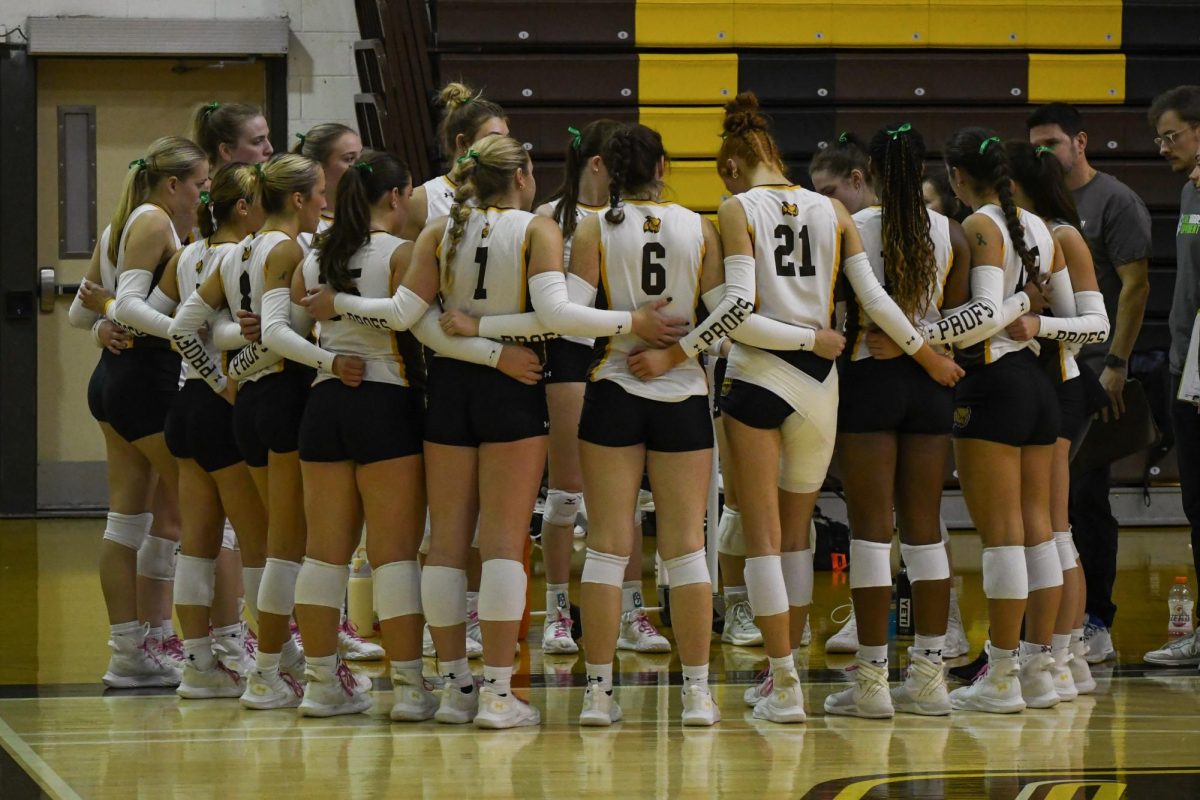








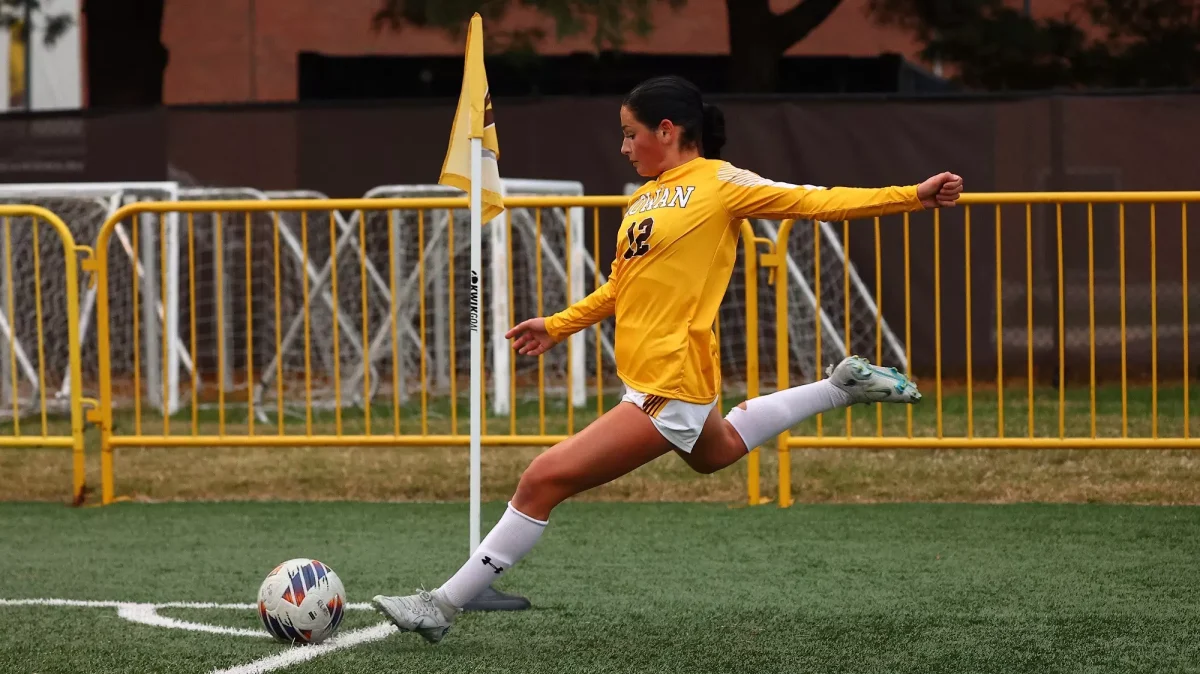













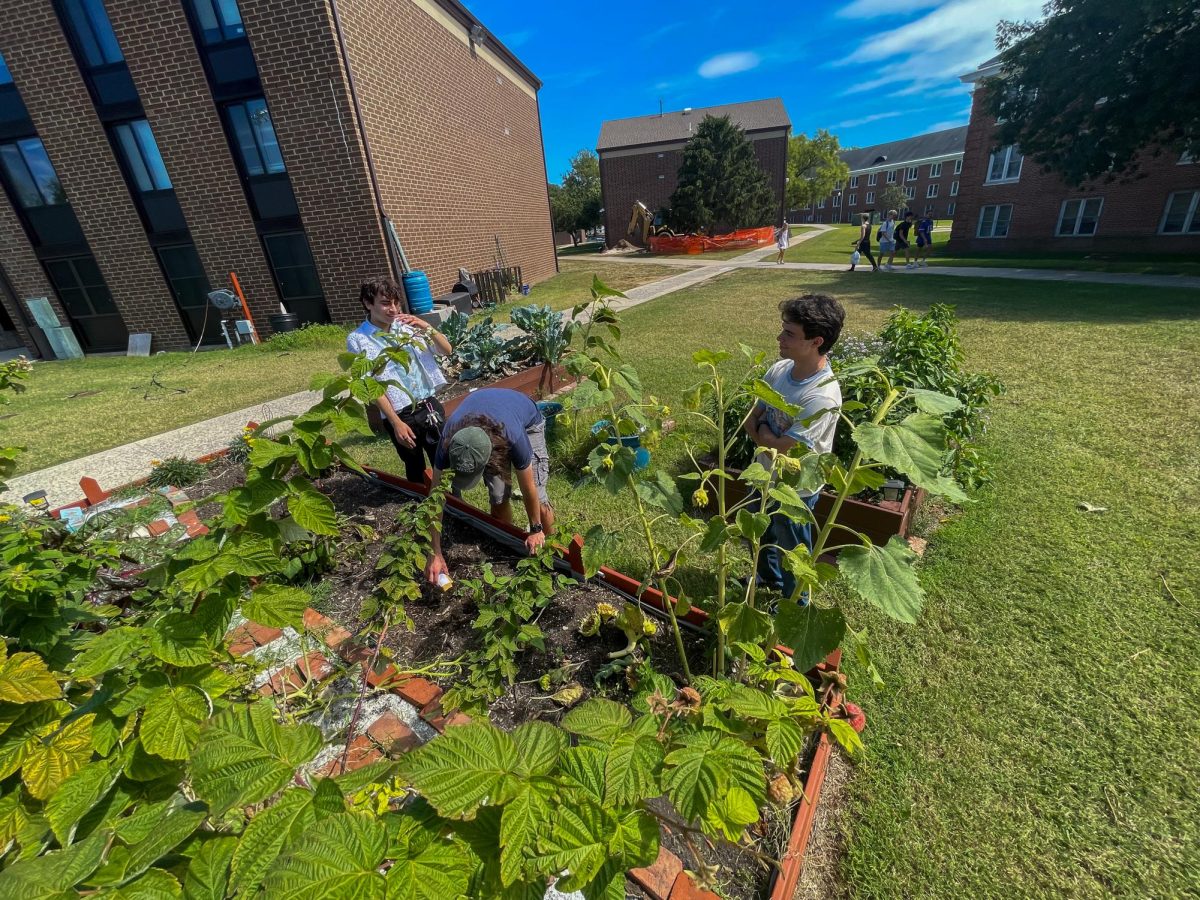


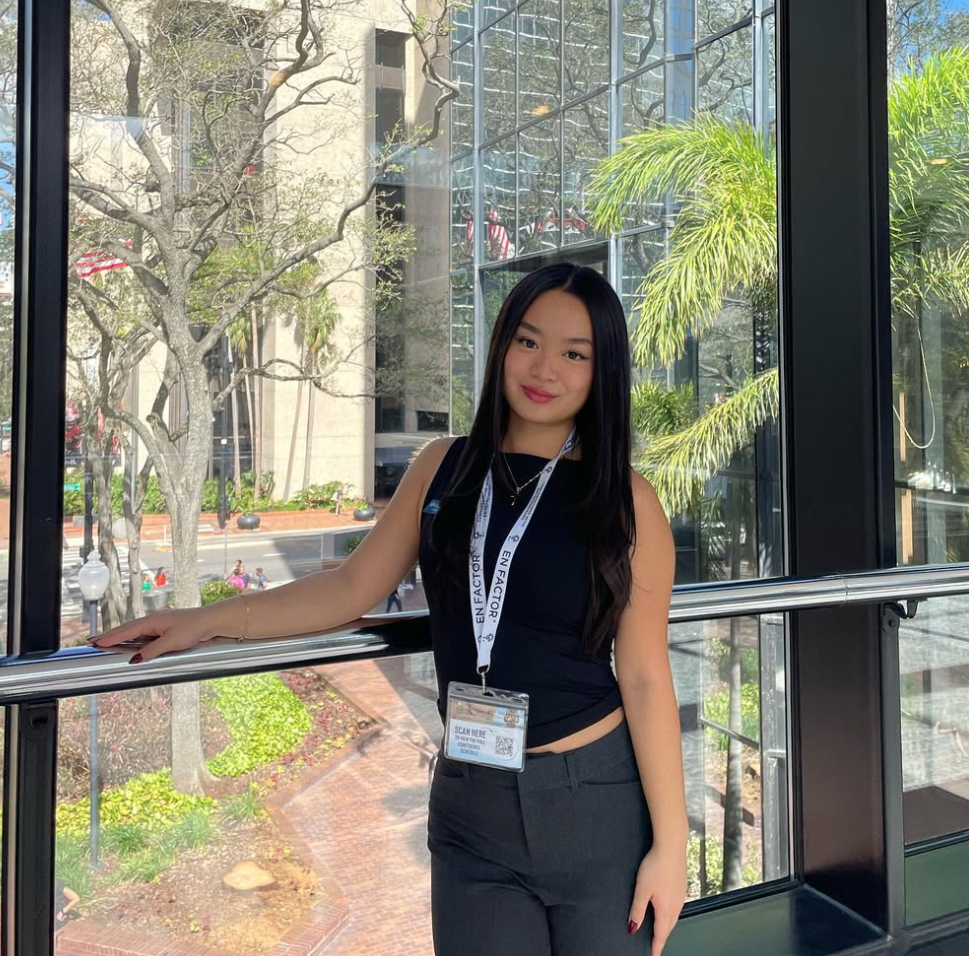
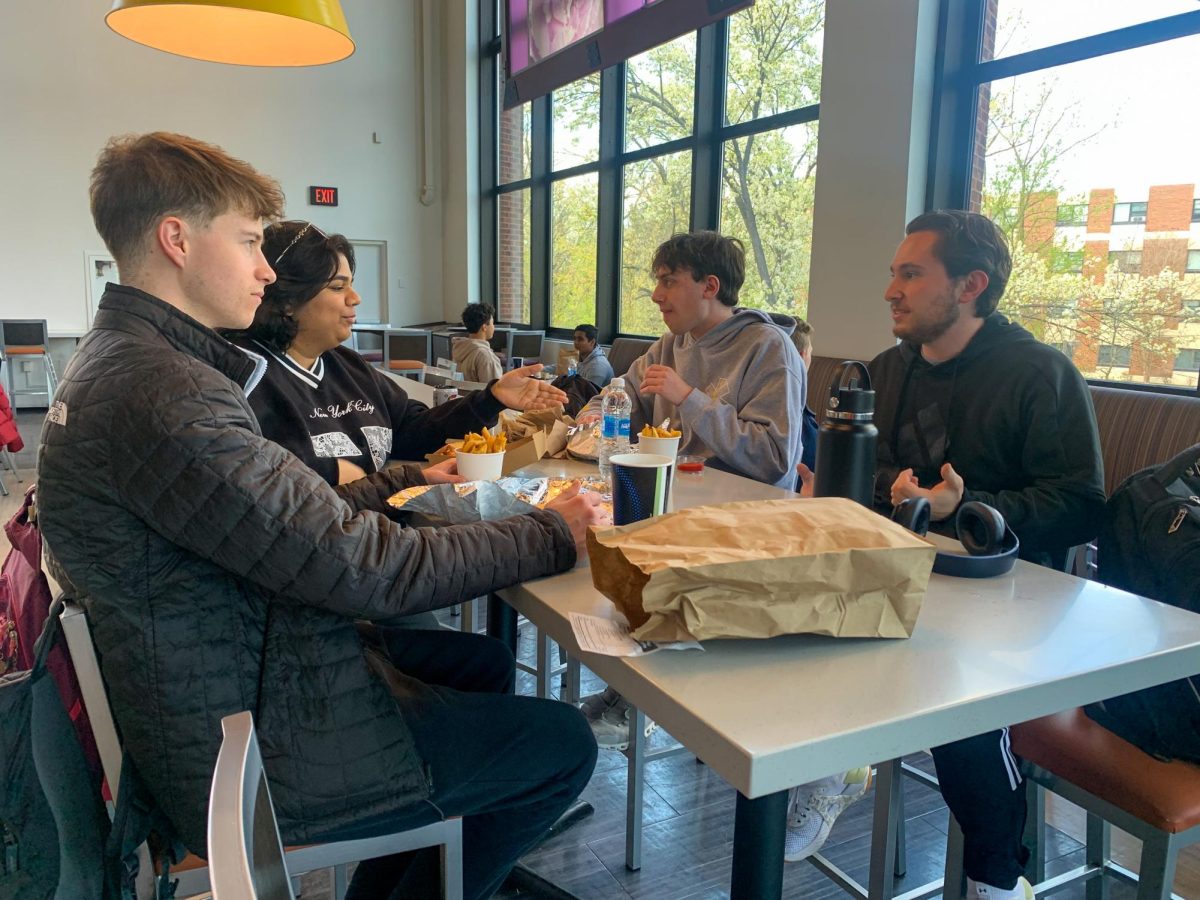


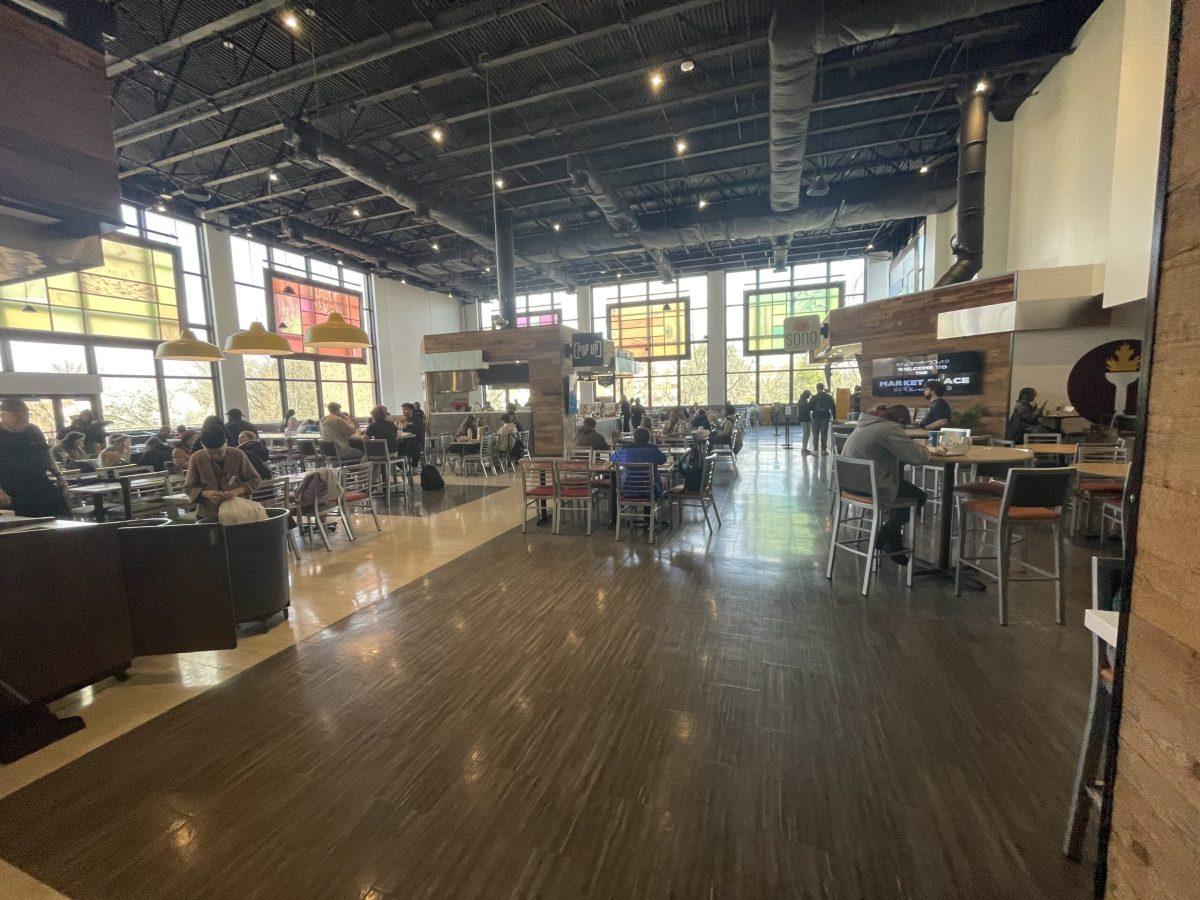

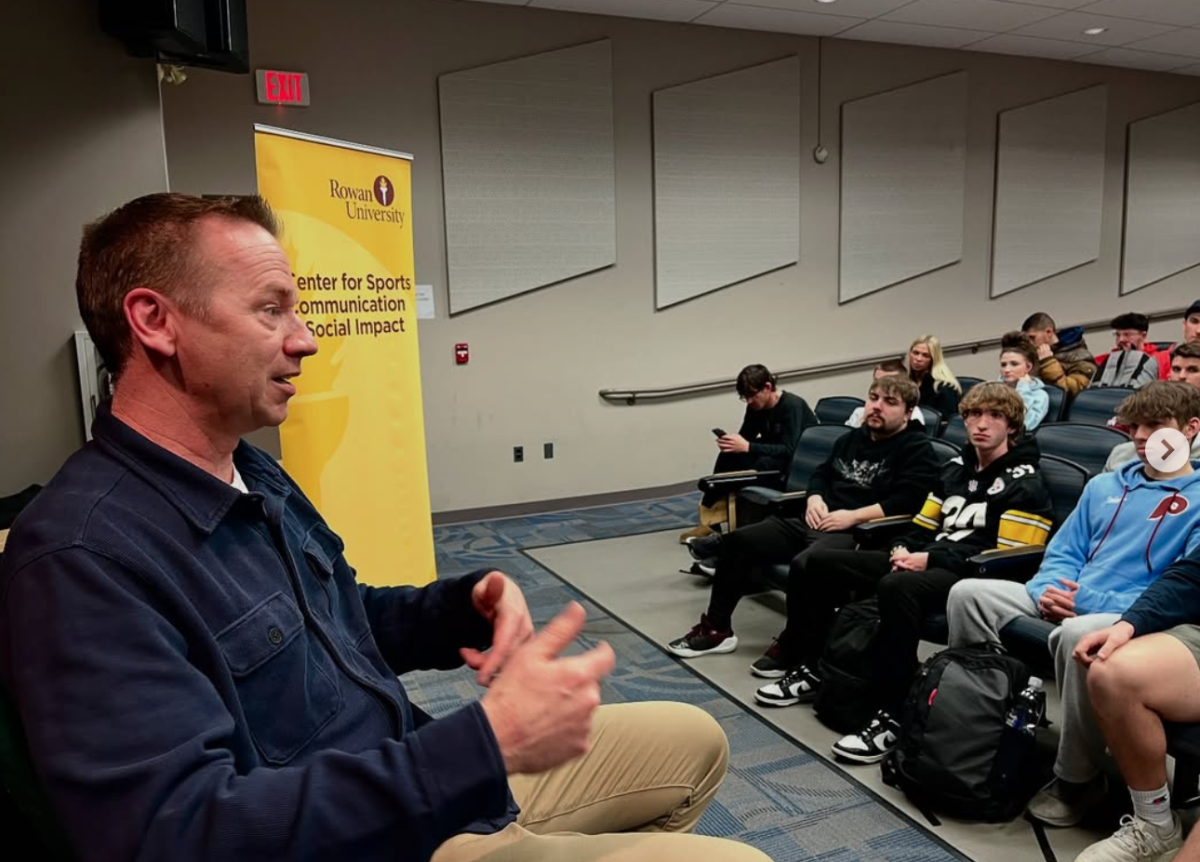

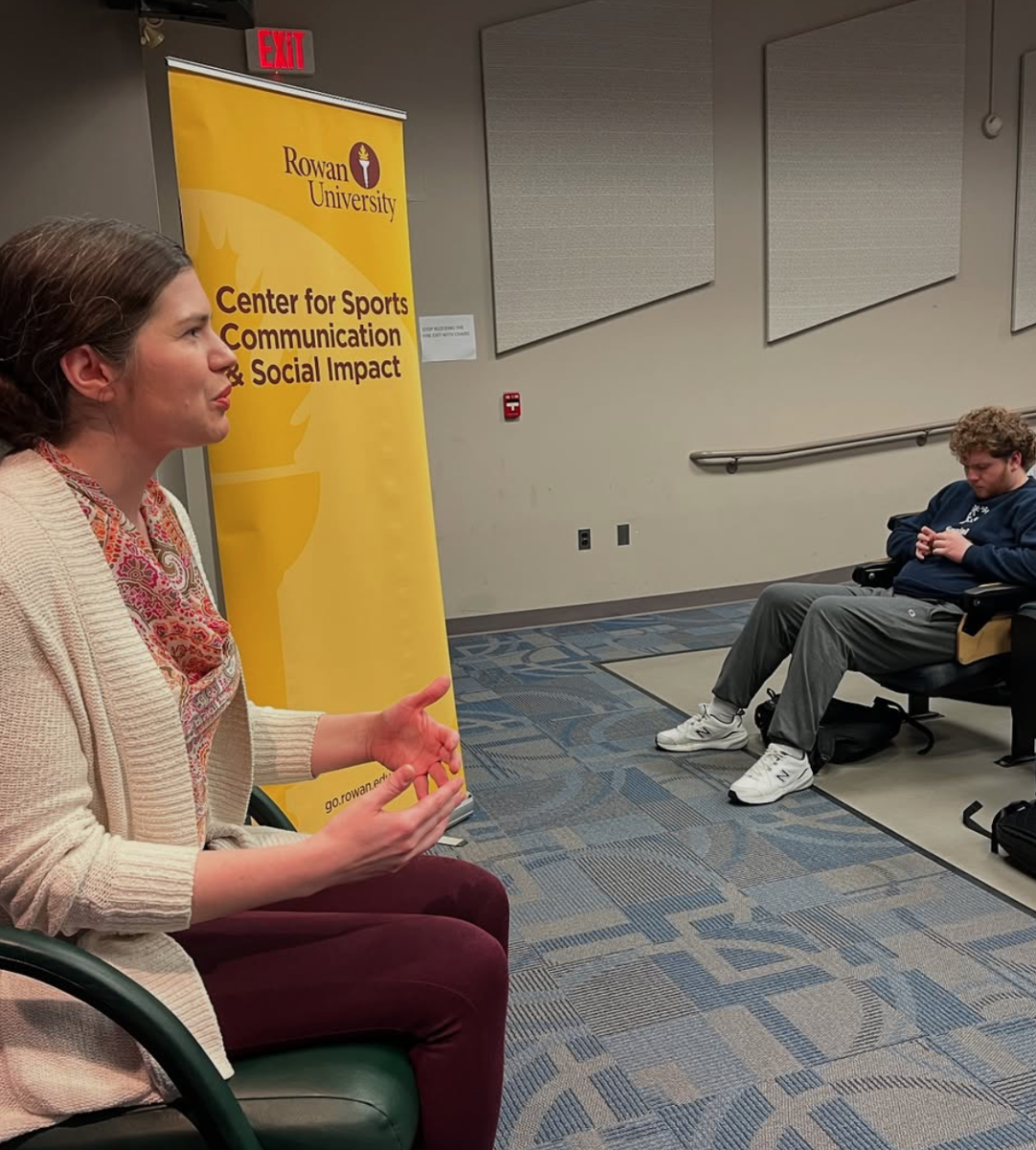


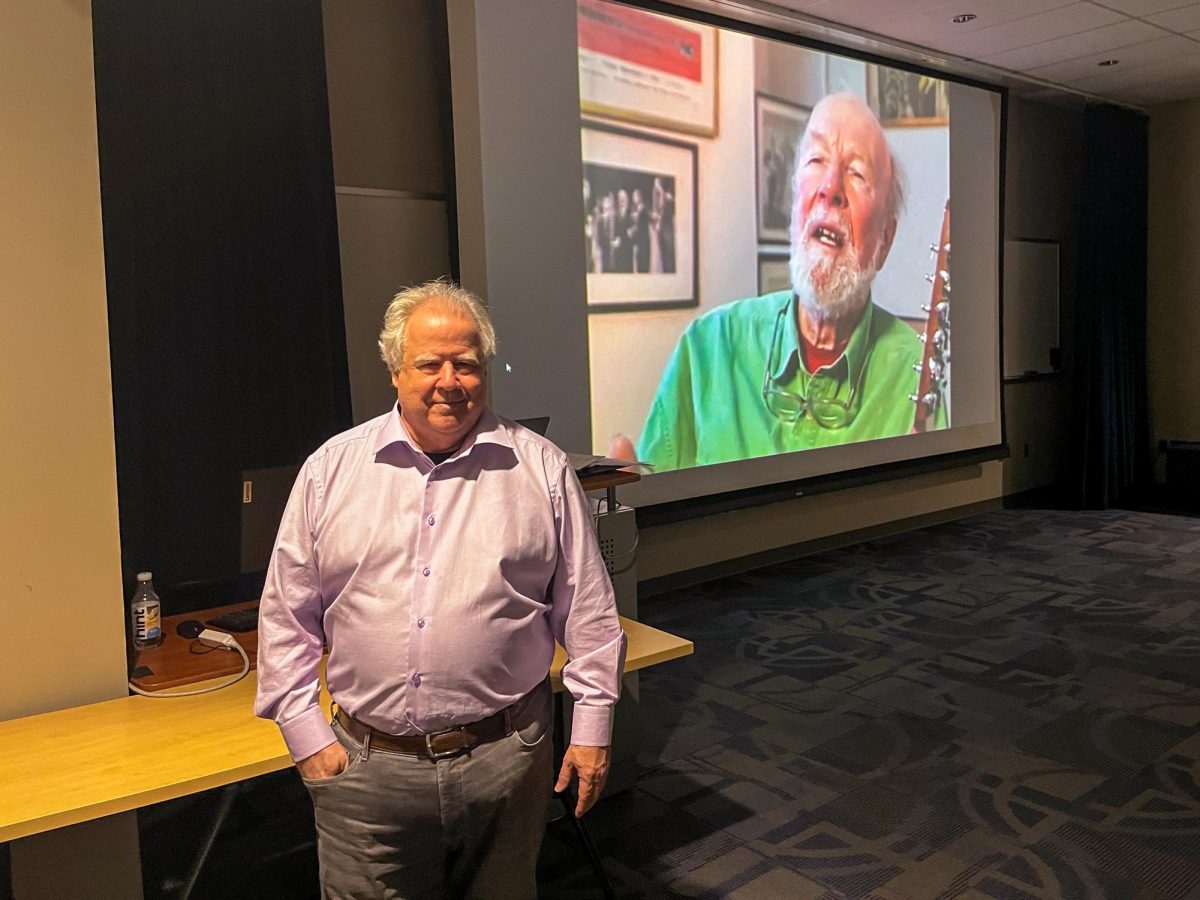




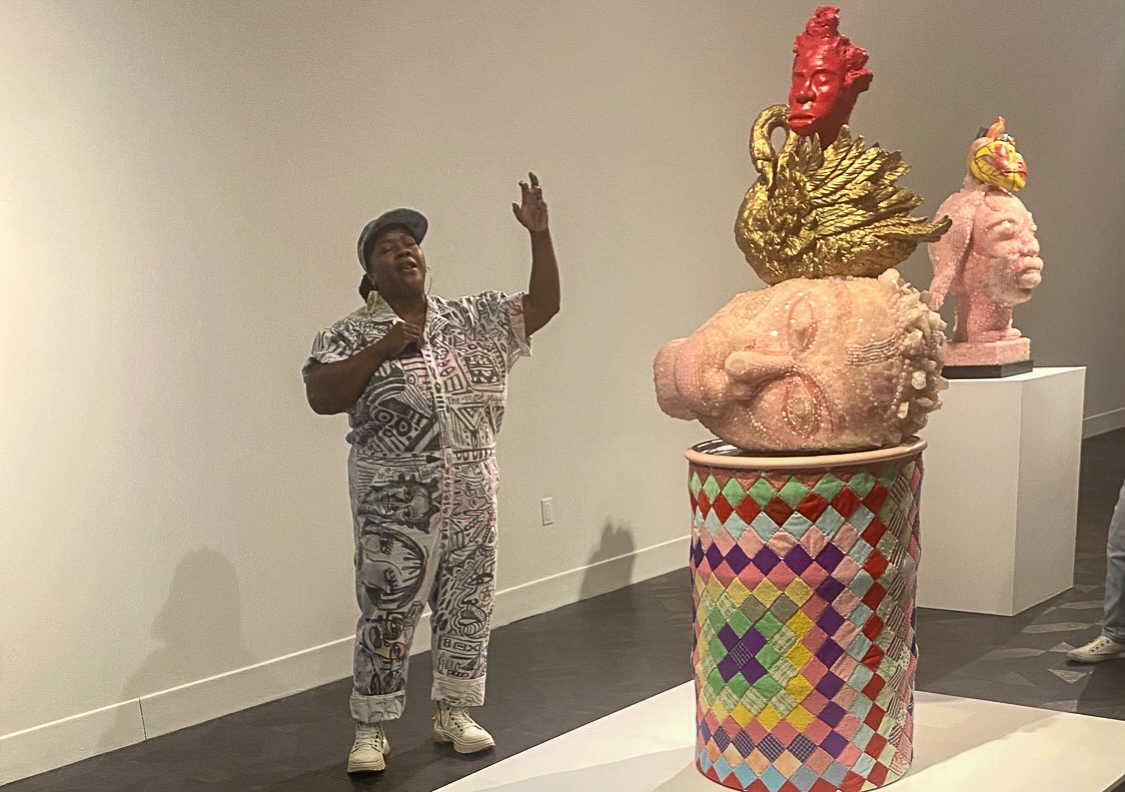





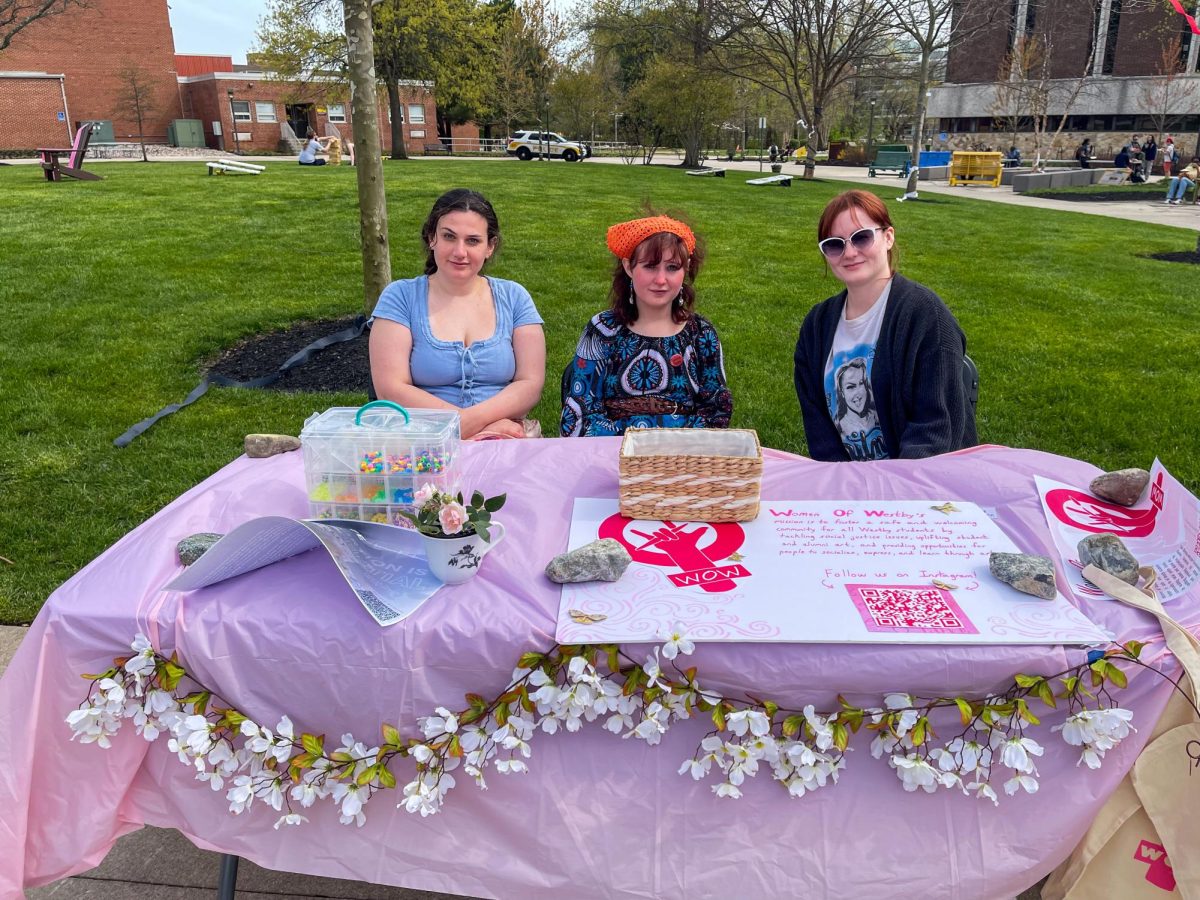

!["Working with [Dr. Lynch] is always a learning experience for me. She is a treasure,” said Thomas. - Staff Writer / Kacie Scibilia](https://thewhitonline.com/wp-content/uploads/2025/04/choir-1-1200x694.jpg)


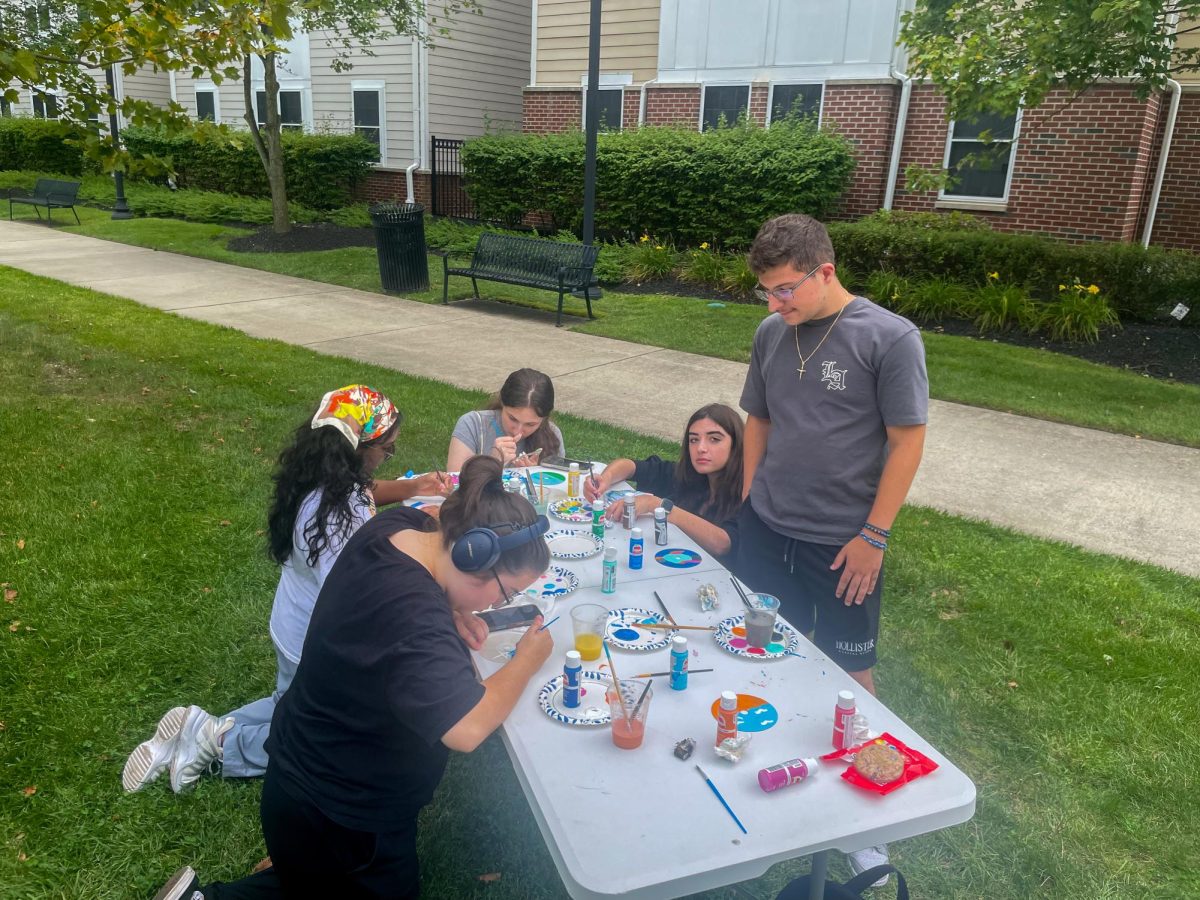
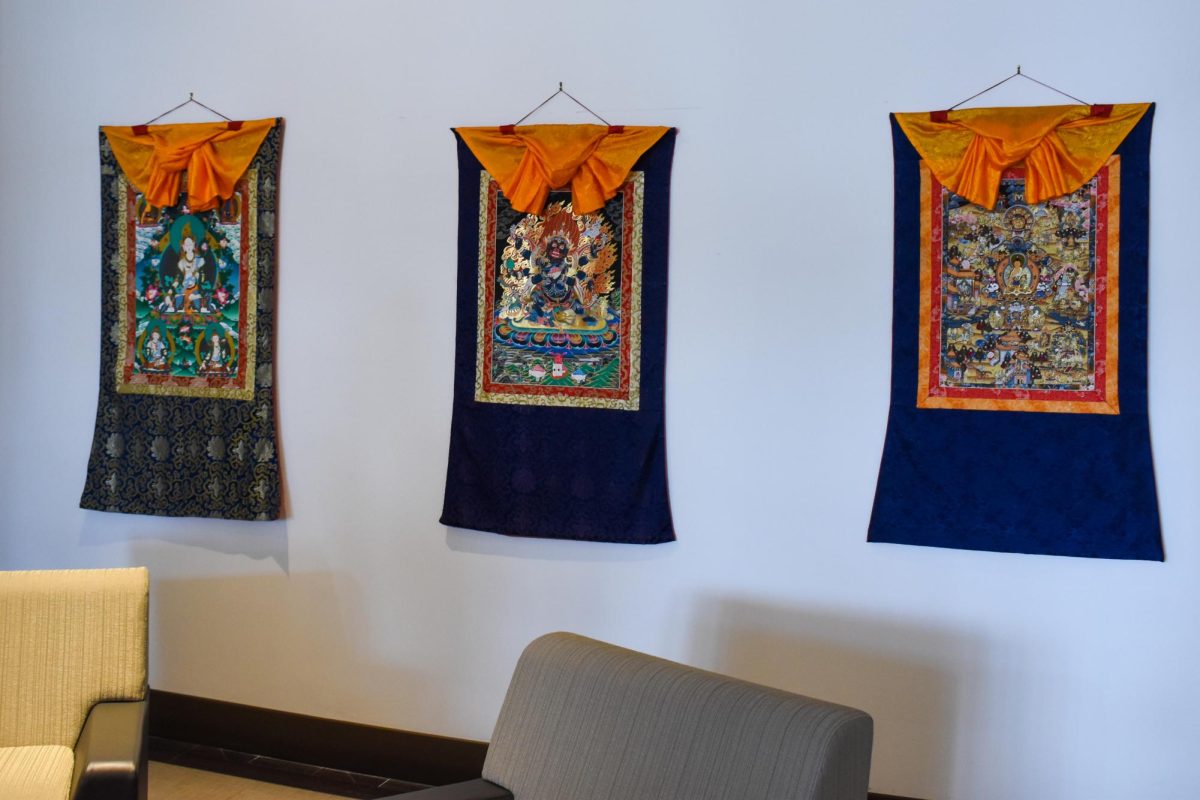
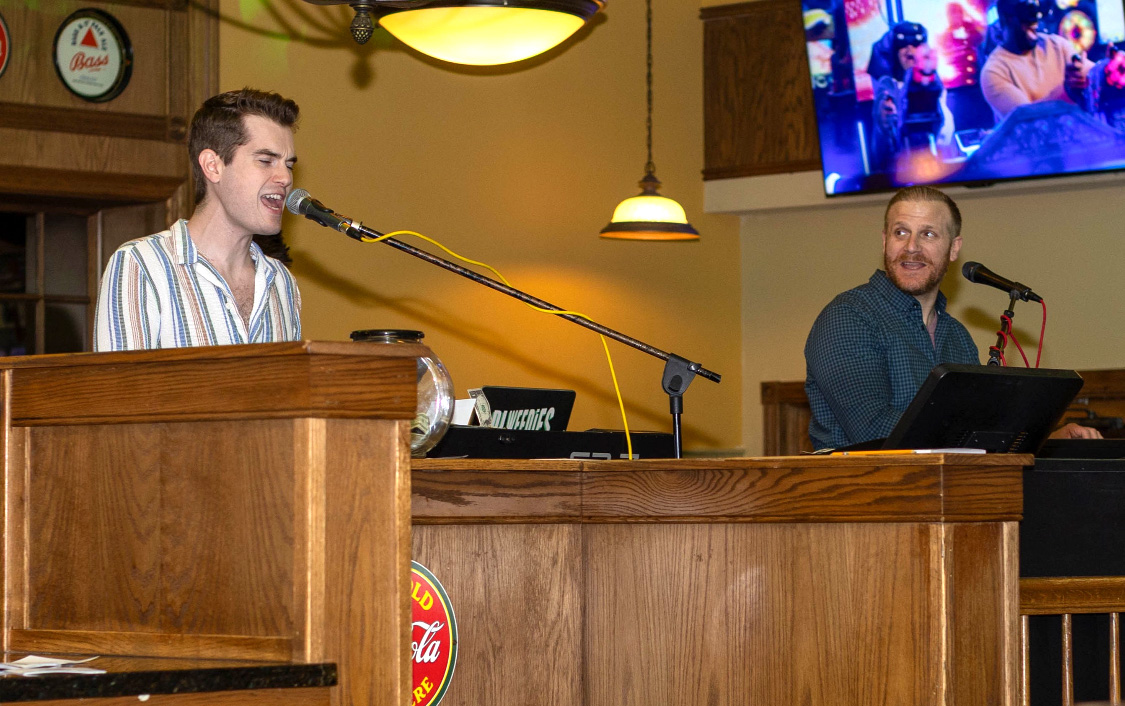
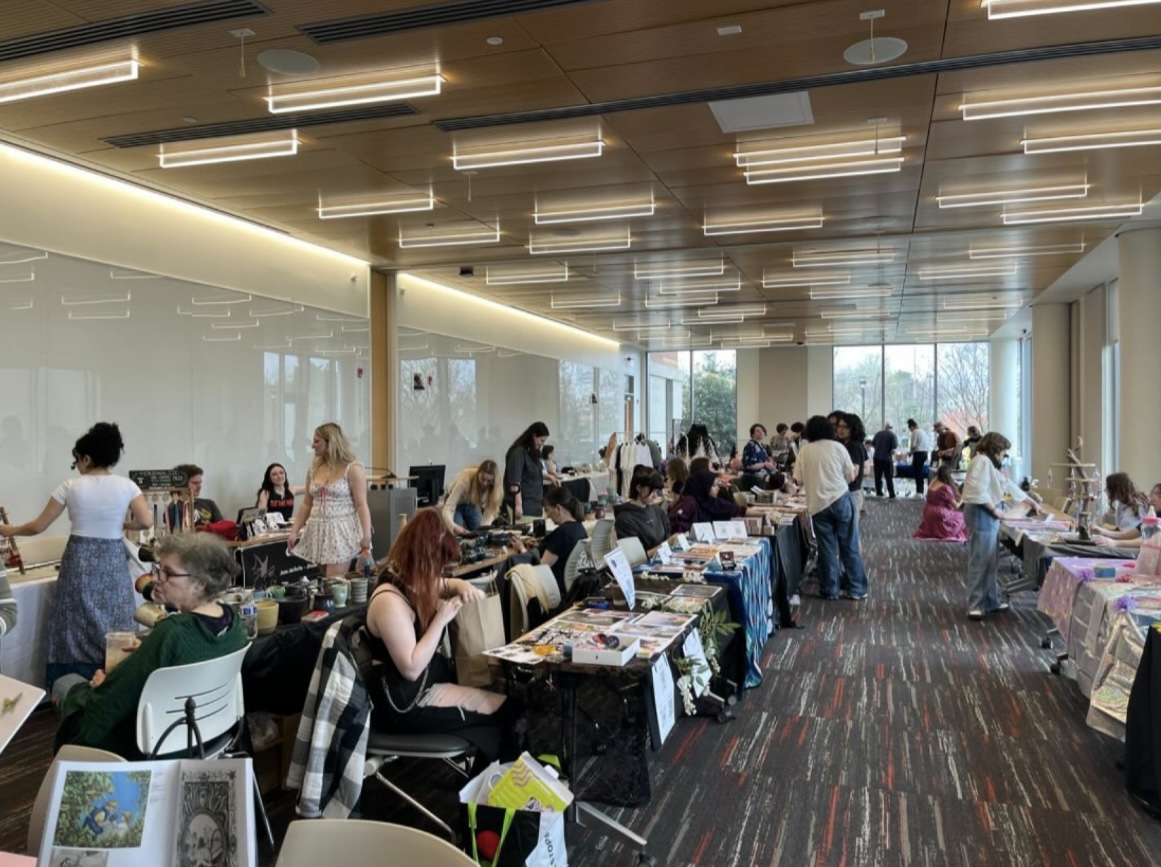
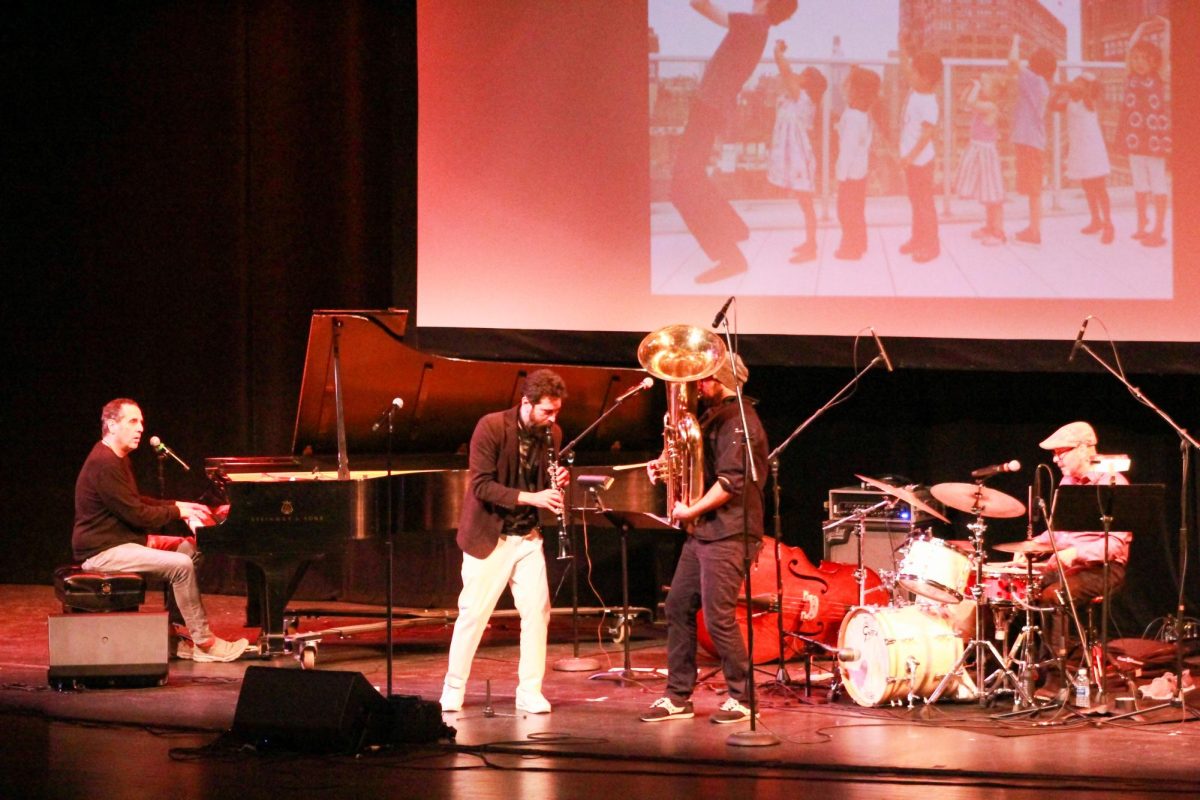
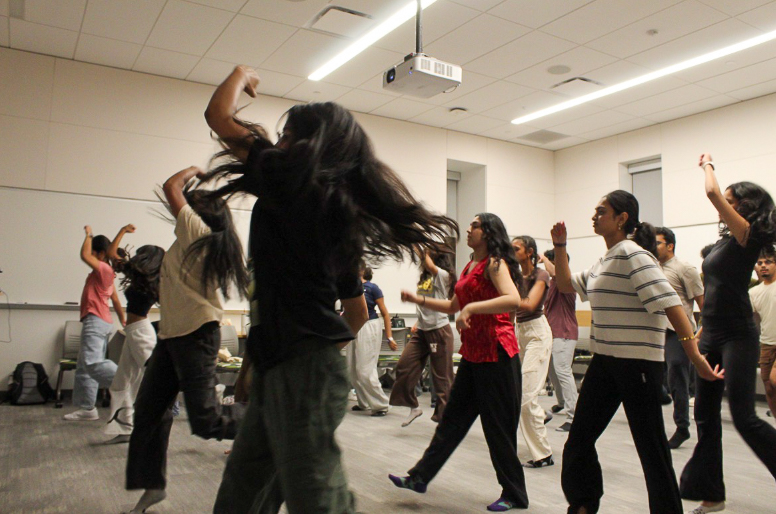



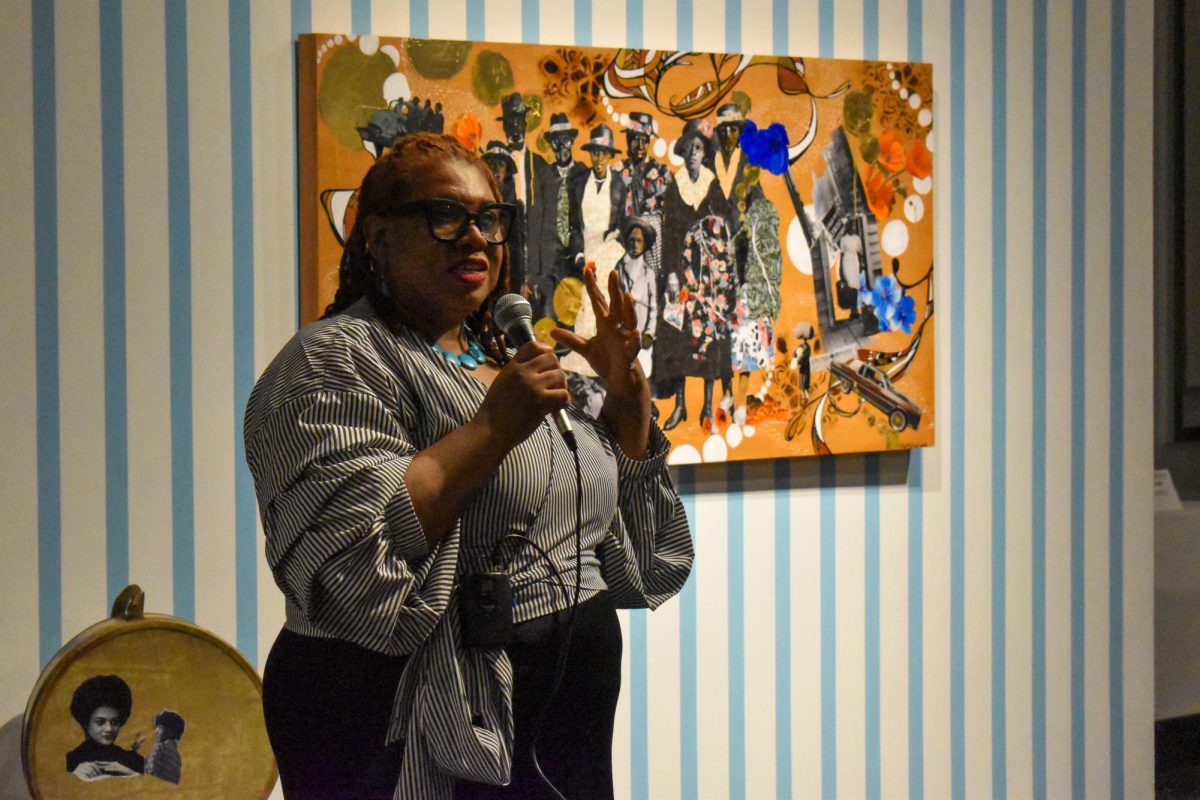



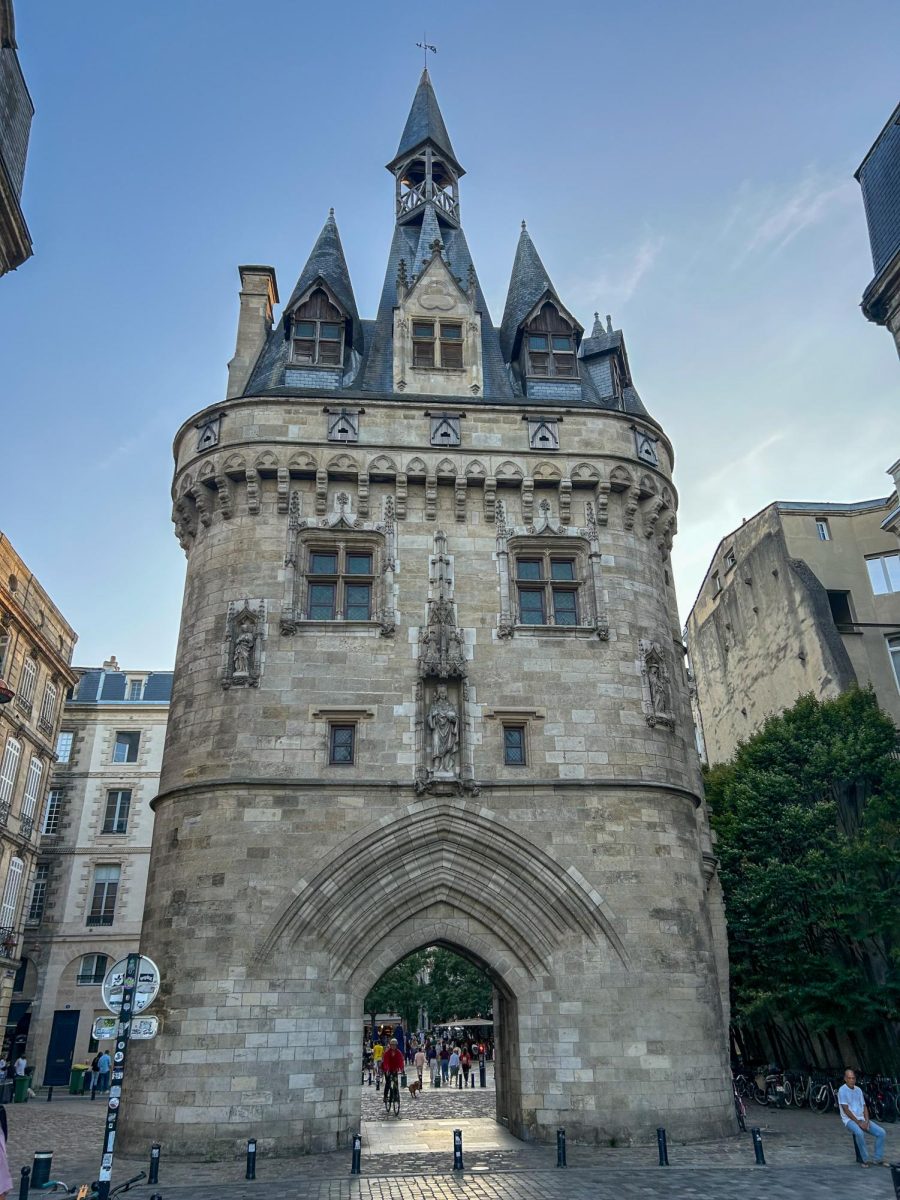









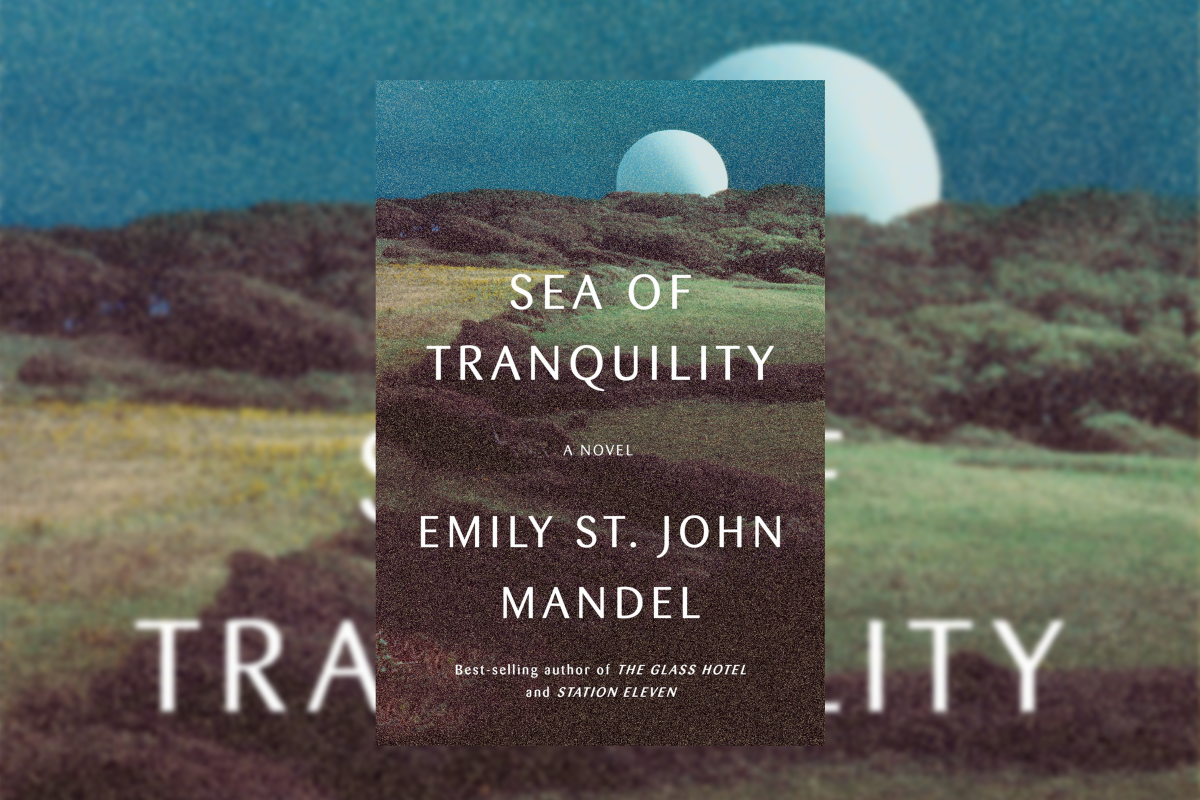





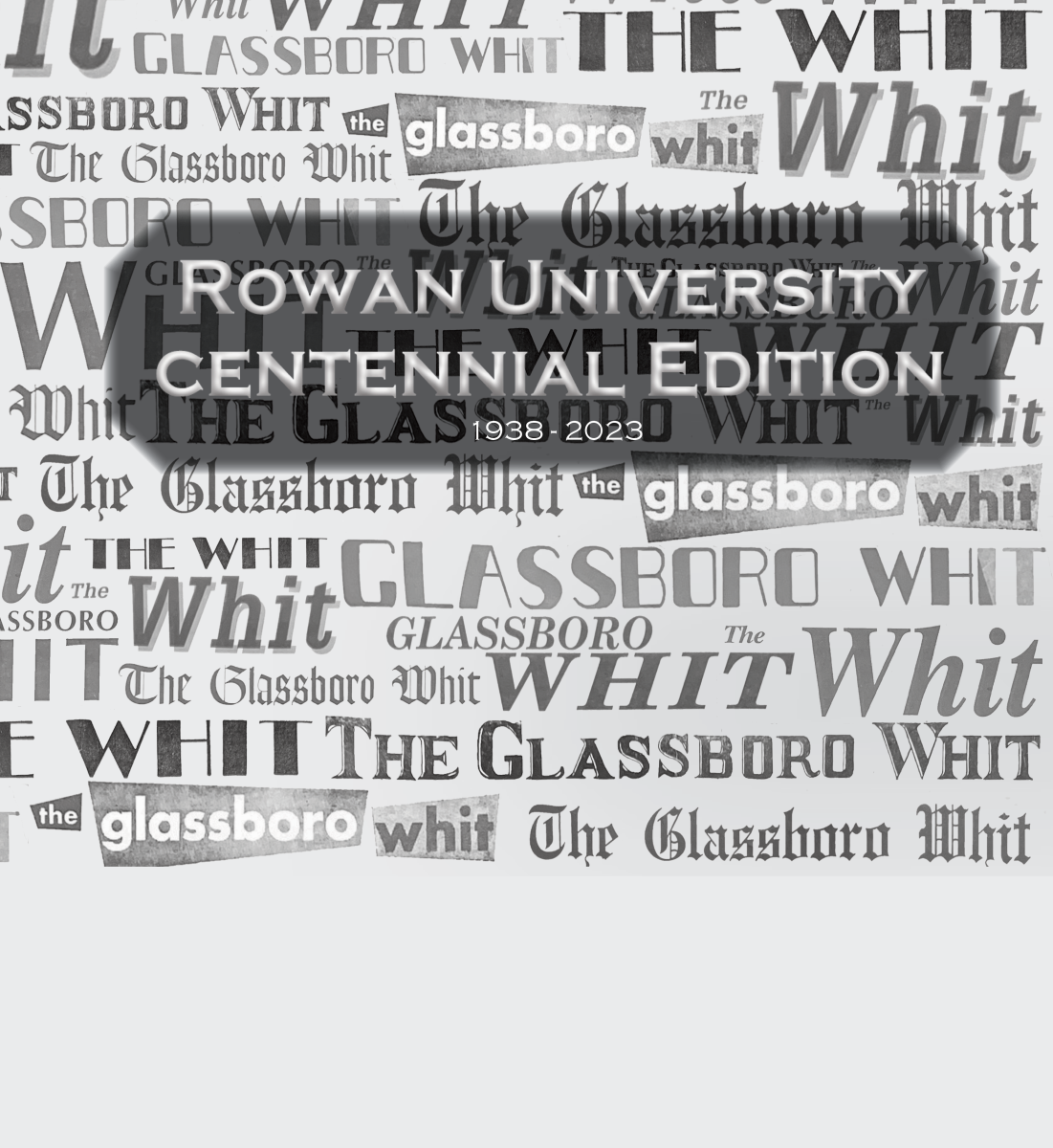
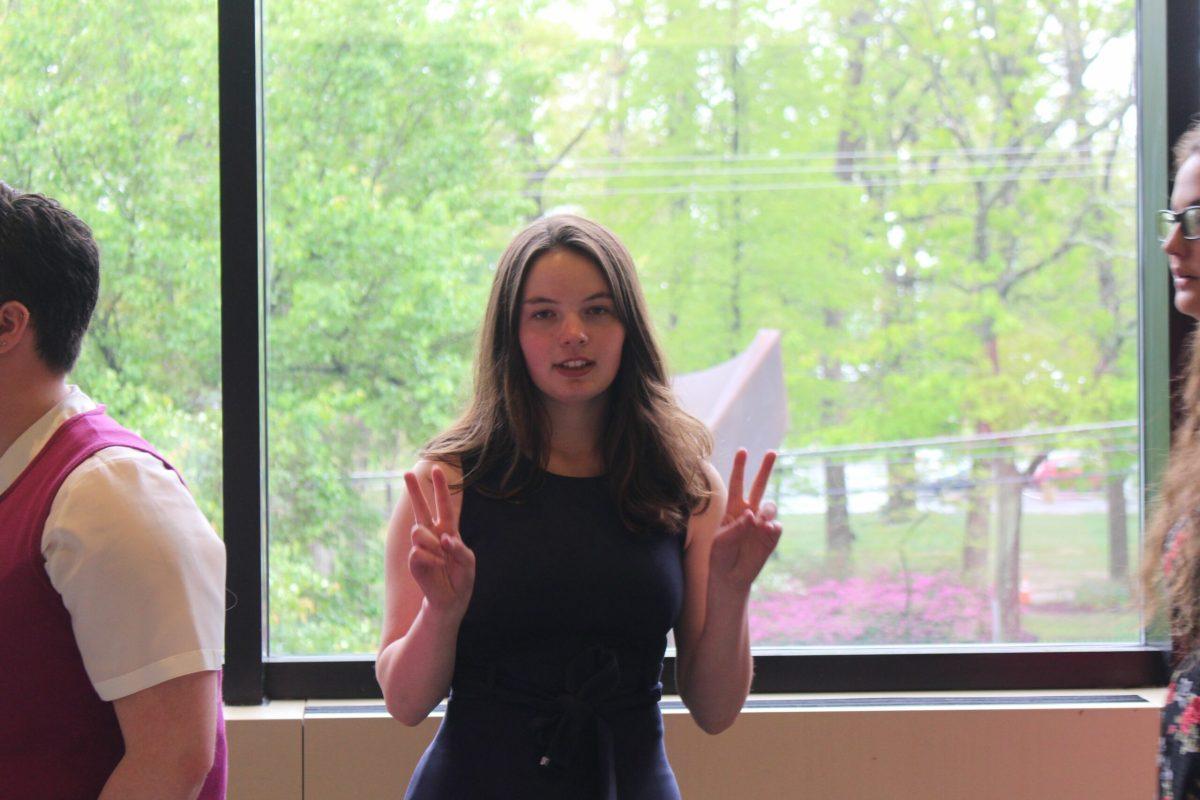
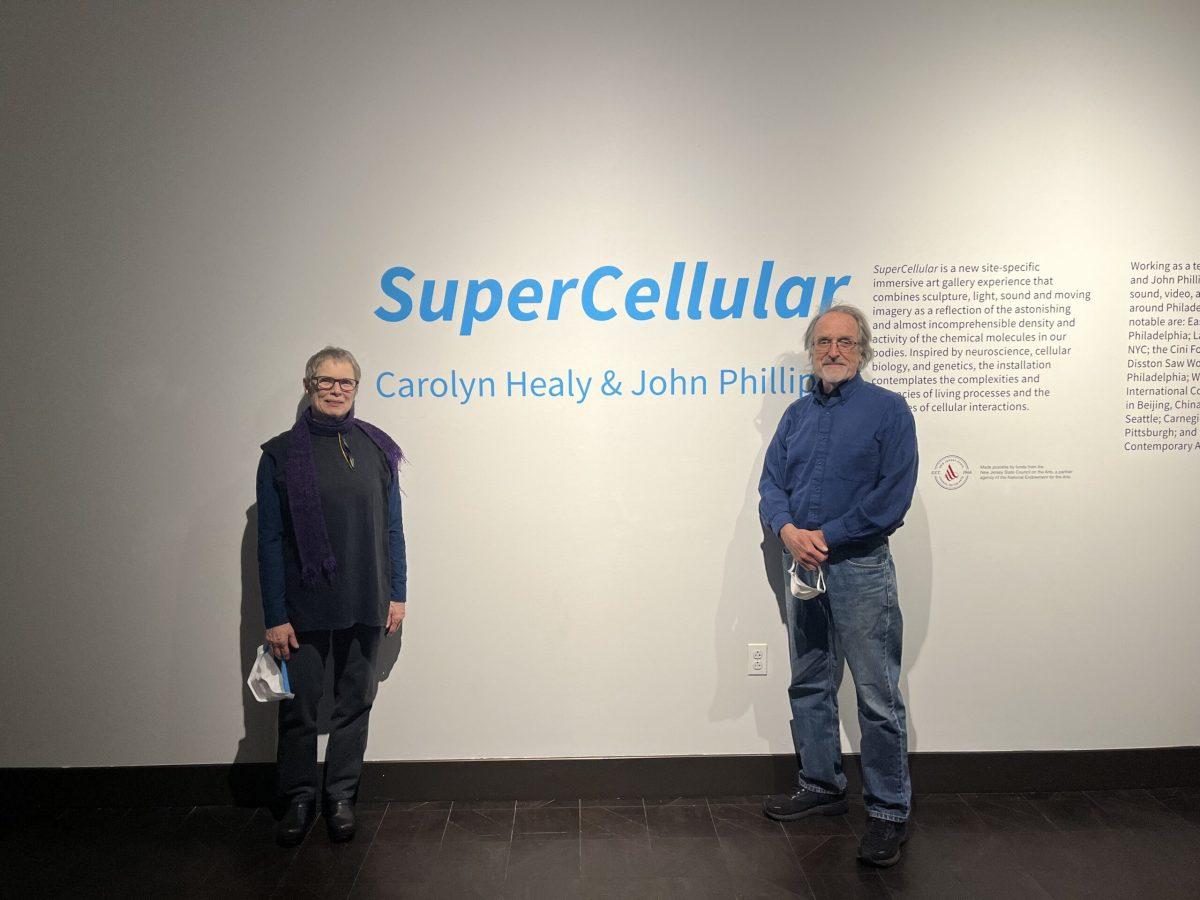


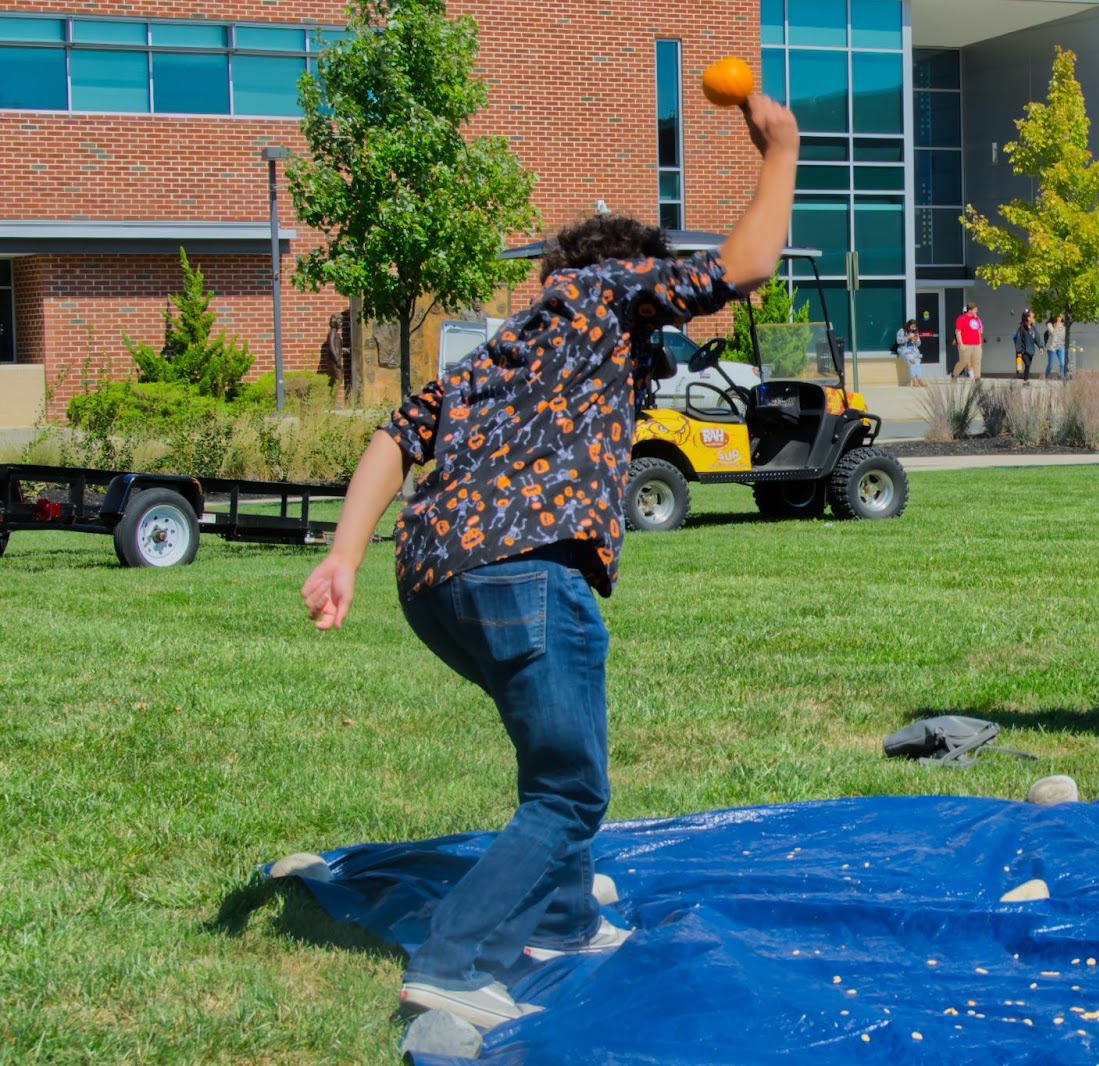


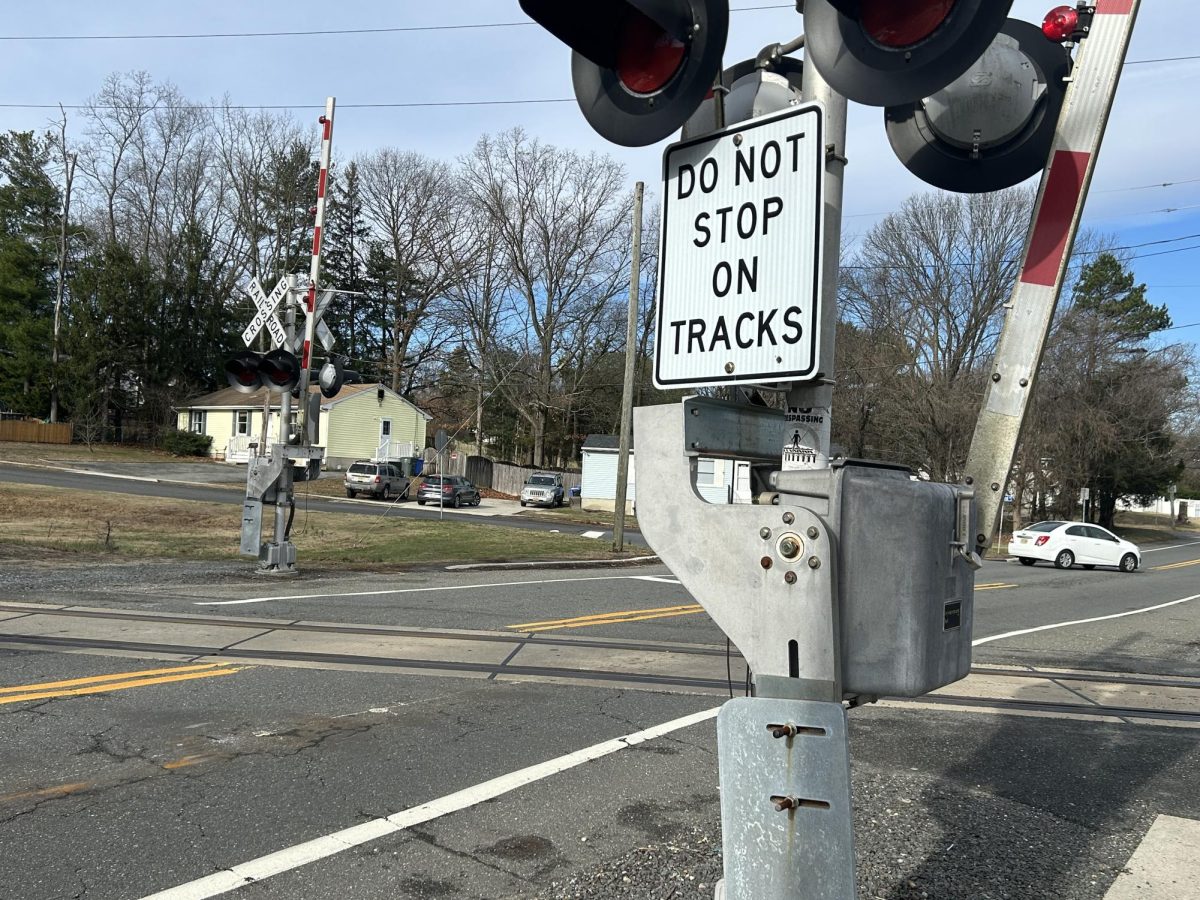


Pudding Tain • Apr 10, 2025 at 1:47 pm
Hoping it never happens. Some of our small towns have enough BS with the train. Noise now don’t need to add to it.